-
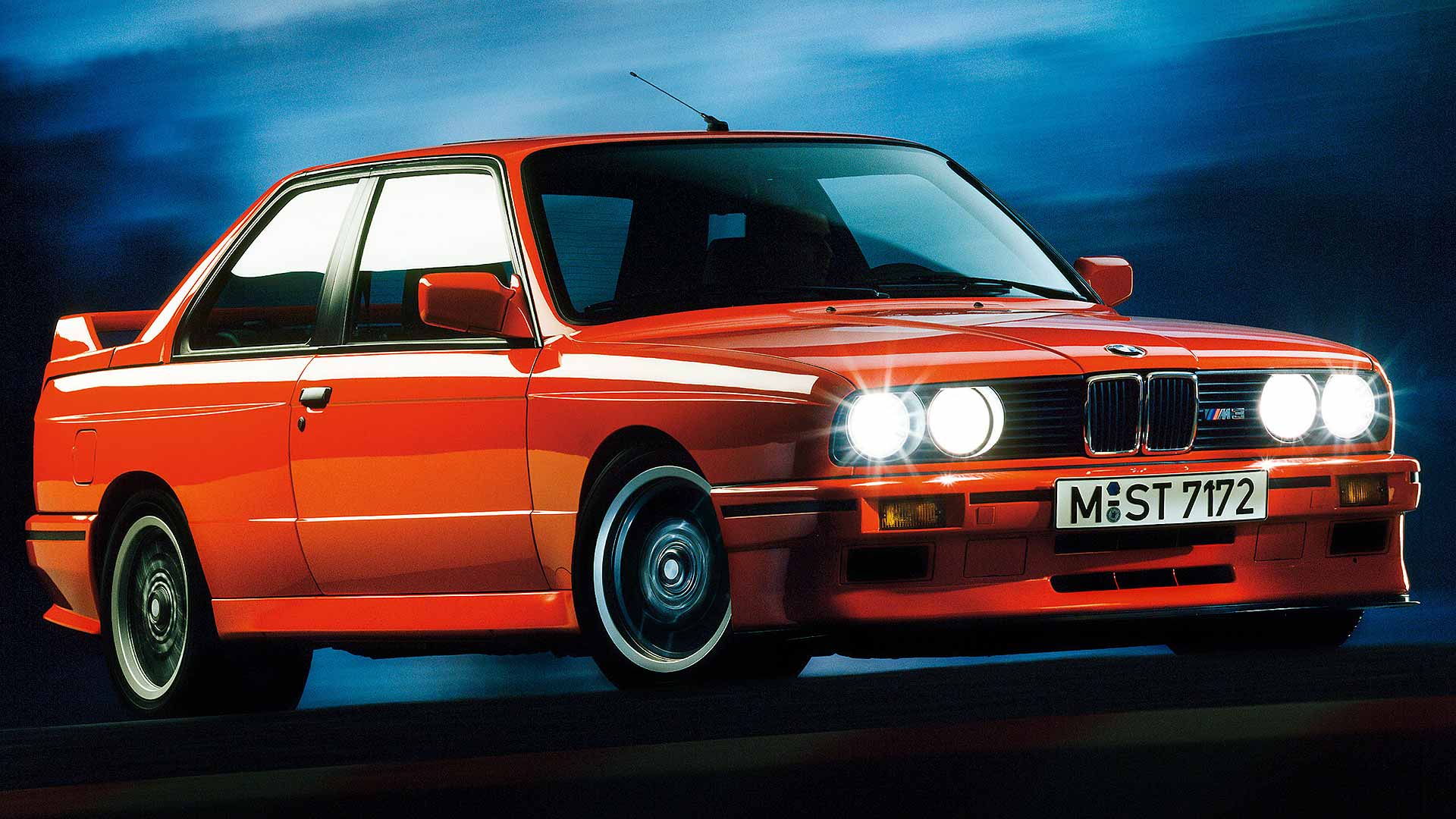
Made in Germany
© BMWSome of the world’s most famous cars were built in Germany. It helps that the nation plays host to the ‘big three’ of the premium car world: Audi, BMW and Mercedes-Benz. It also boasts Porsche, arguably the world’s most famous sports car manufacturer. Here, we attempt to distil hundreds of great cars into a list of 26. Wish us luck, because some terrific cars have been omitted, including many thoroughbred performance cars.
-
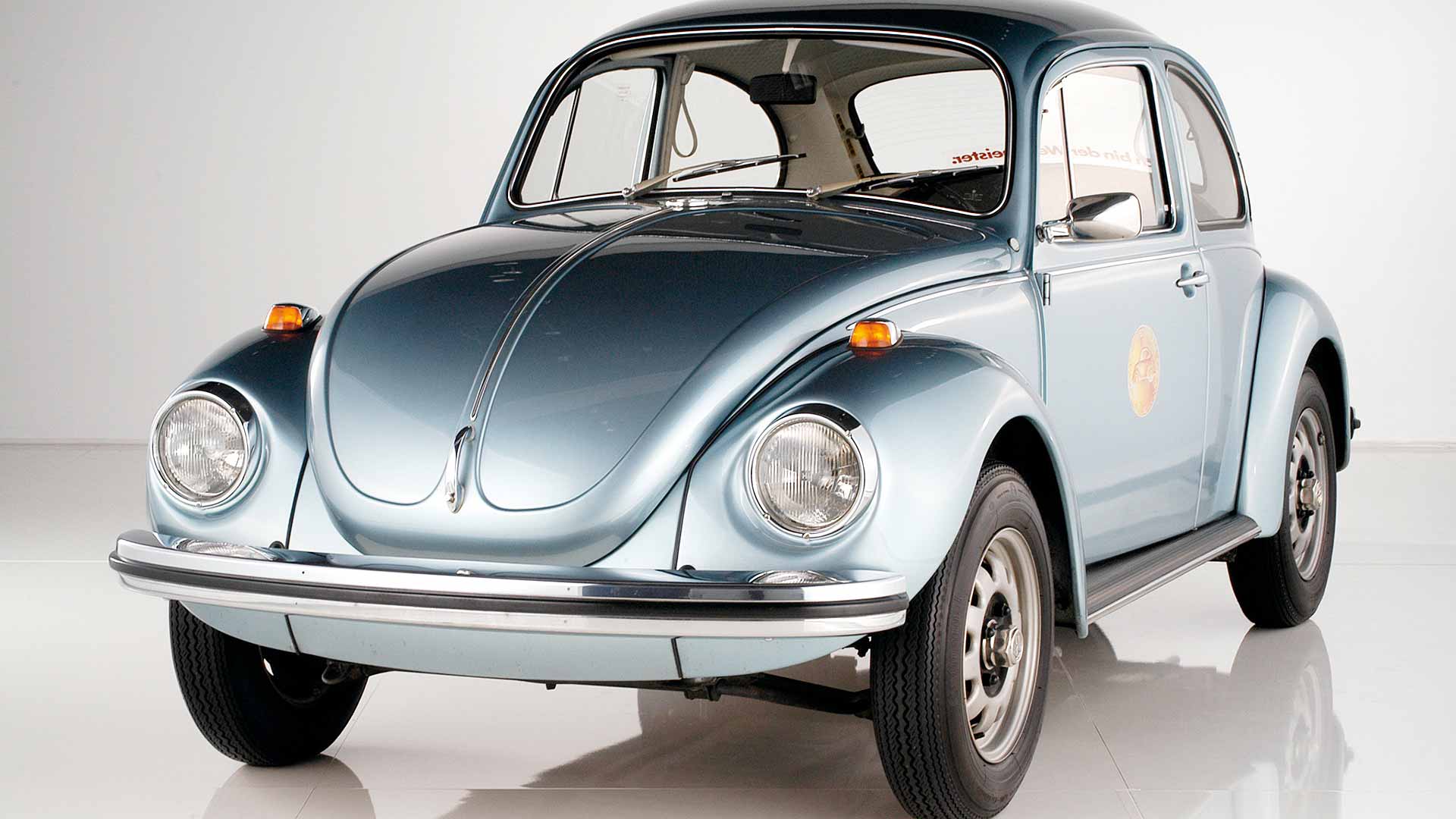
Volkswagen Beetle
© VolkswagenDesigned to mobilise Germany, the Type 60 was the result of a shared vision between Ferdinand Porsche and Adolf Hitler. The production version would become known as the Volkswagen Beetle, a car heavily influenced by models produced by the Czech manufacturer Tatra. As well as playing a key part in the rebuilding of West Germany following the Second World War, the Beetle also provided cheap transport for motorists across the world.
-
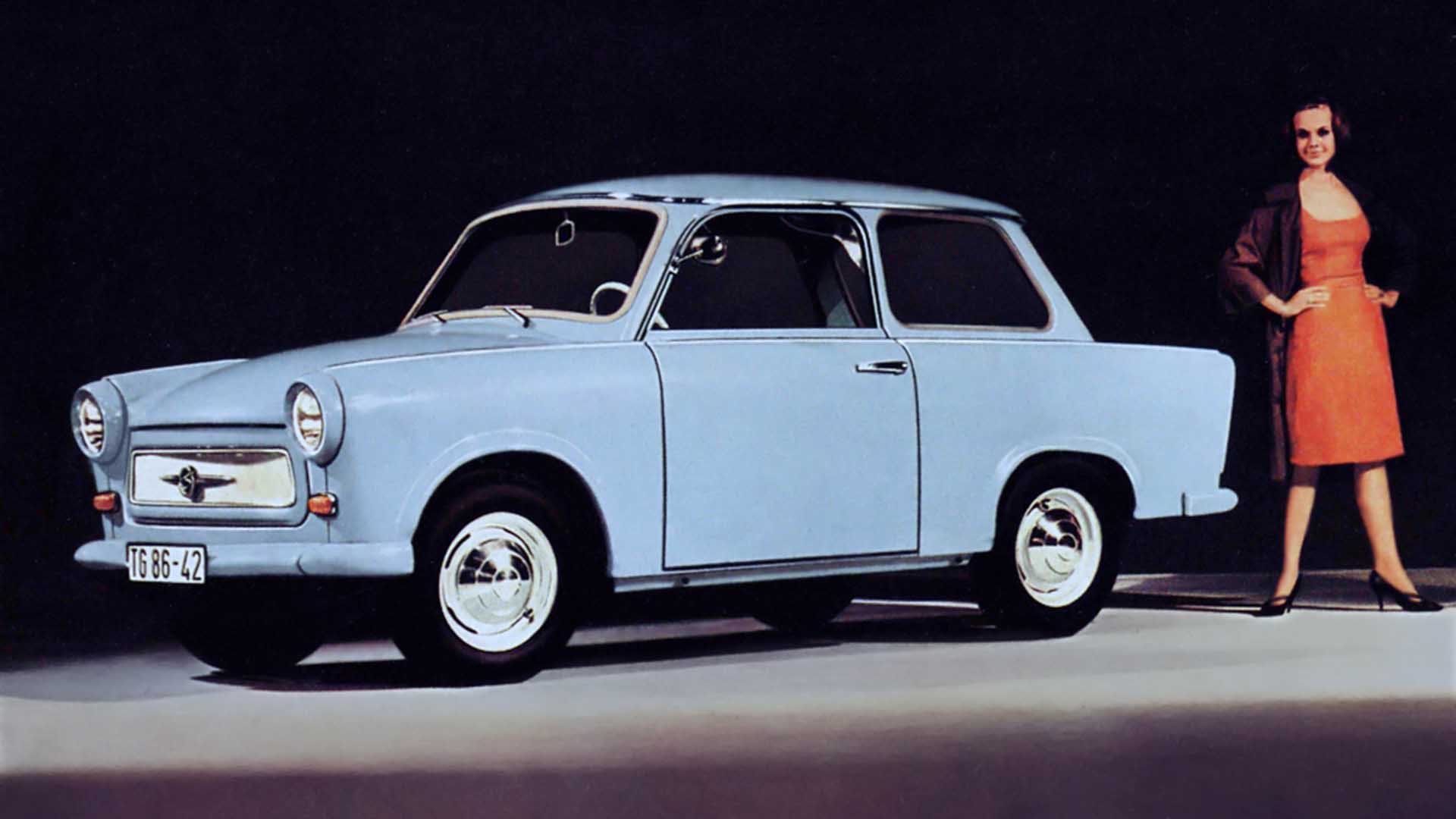
Trabant 601
© TrabantWaiting lists as long as 14 years. A price tag the equivalent of a year’s wages. Body panels made of Duroplast. A design unchanged in over two decades of production. The Trabant 601 wasn’t the best car built in Germany, but it was one of the most significant. Some three million Trabants were built before production stopped following the unification of Germany. Today, the former Trabant factory in Zwickau is the largest electric car plant in the Volkswagen Group.
-
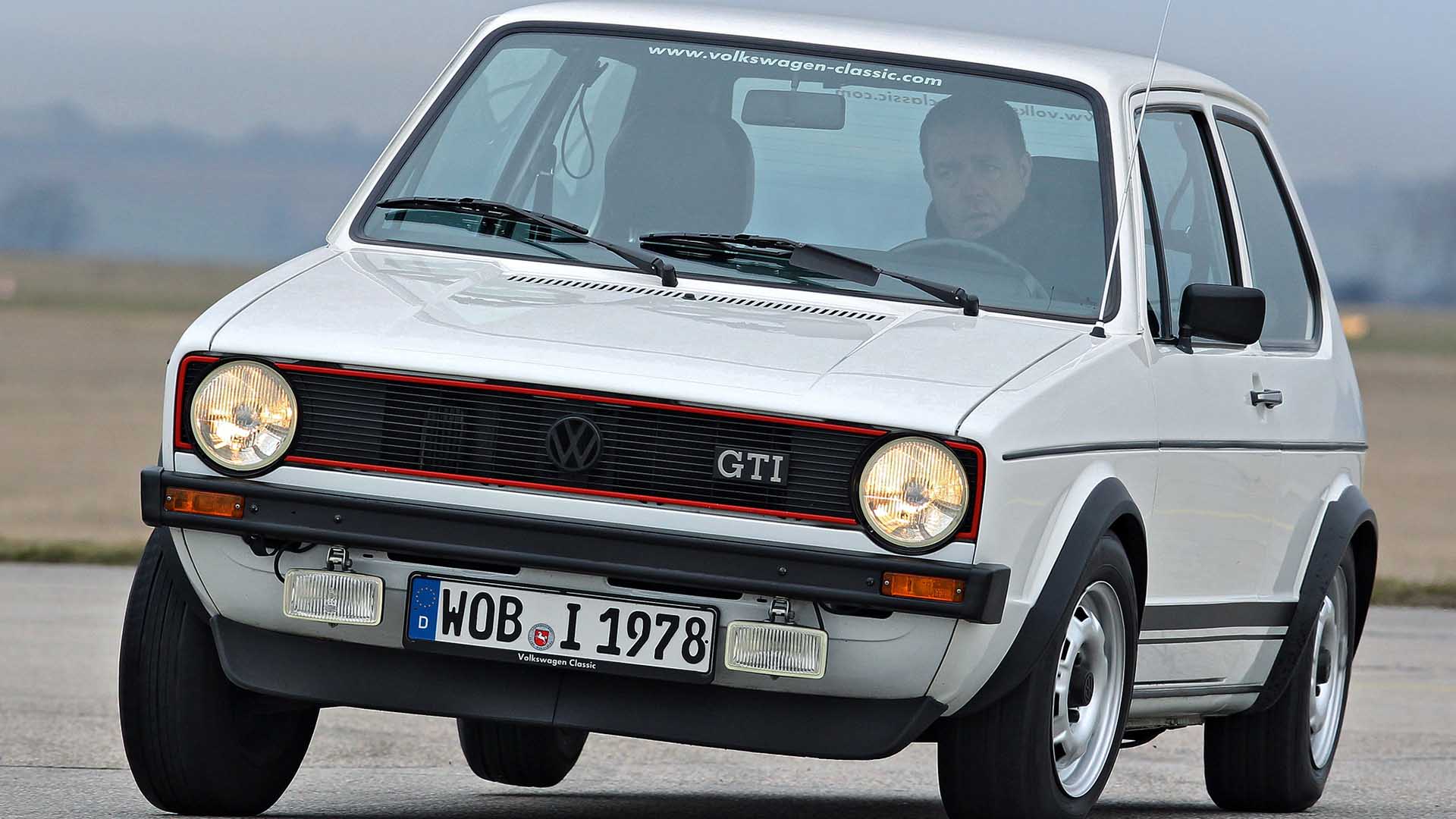
Volkswagen Golf
© VolkswagenMore than 35 million Volkswagen Golfs have been built since 1974, including nearly seven million of the hugely popular Mk1. As well as helping to popularise the concept of a hatchback in a world wedded to saloons, the Mk1 Golf also spawned the pioneering Golf GTI. It wasn’t the first hot hatch, but it took the idea of a go-faster hatchback to the masses. Rivals followed, but few have the all-round appeal of the Golf GTI. Today’s Mk8 Golf is an evolution of its predecessors, albeit with a controversial digitised interior.
-
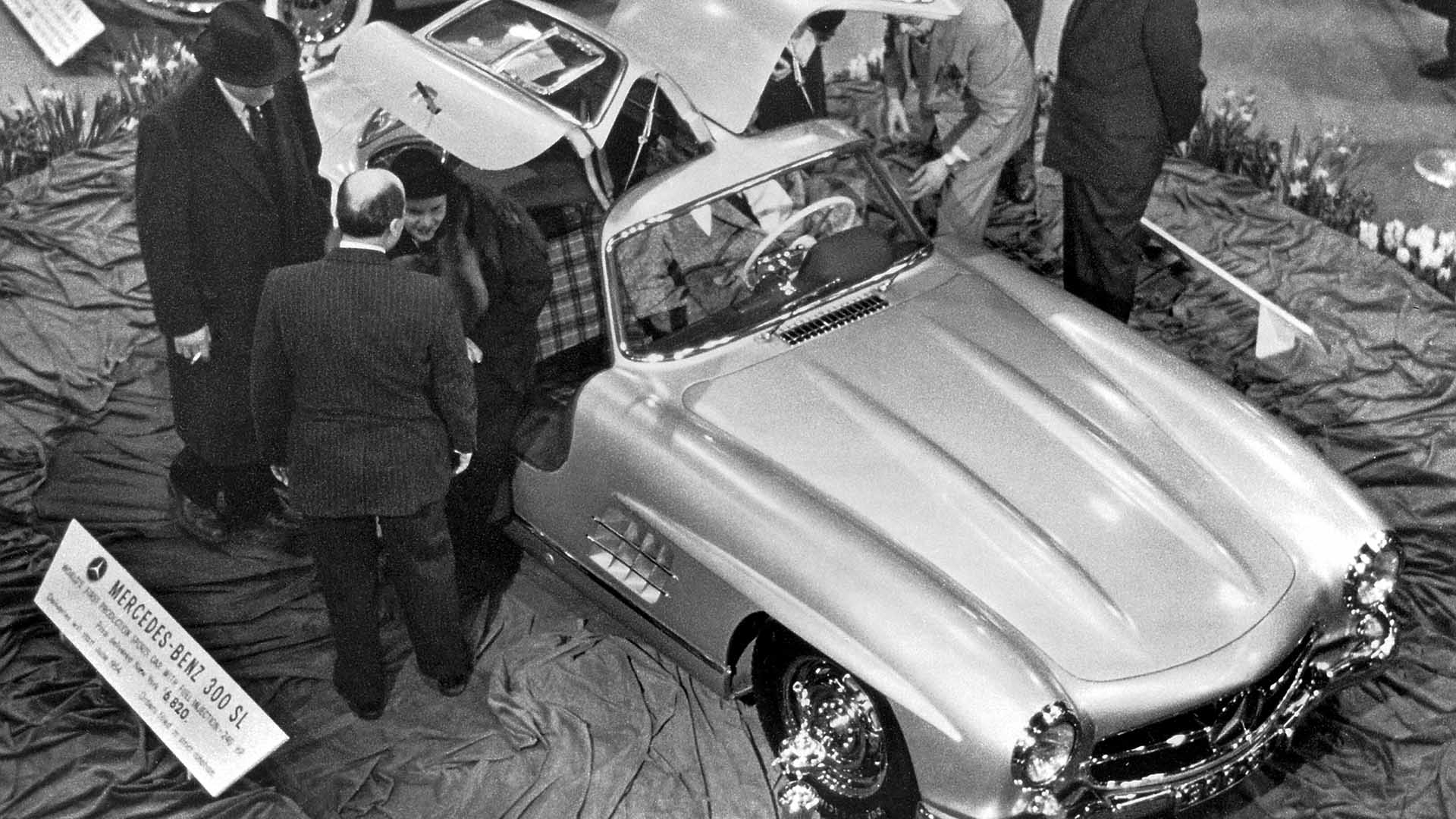
Mercedes-Benz 300 SL Coupe
© Mercedes-BenzThe W198 Mercedes-Benz 300 SL Coupe was perhaps the world’s first supercar. Nicknamed the ‘Gullwing’ thanks to its iconic doors, the 300 SL was unveiled at the 1954 New York Motor Show. Its 3.0-litre straight-six engine developed enough power to propel this glamorous car to a top speed of 167mph. Around 1,400 orders were secured before production stopped in 1957.
-
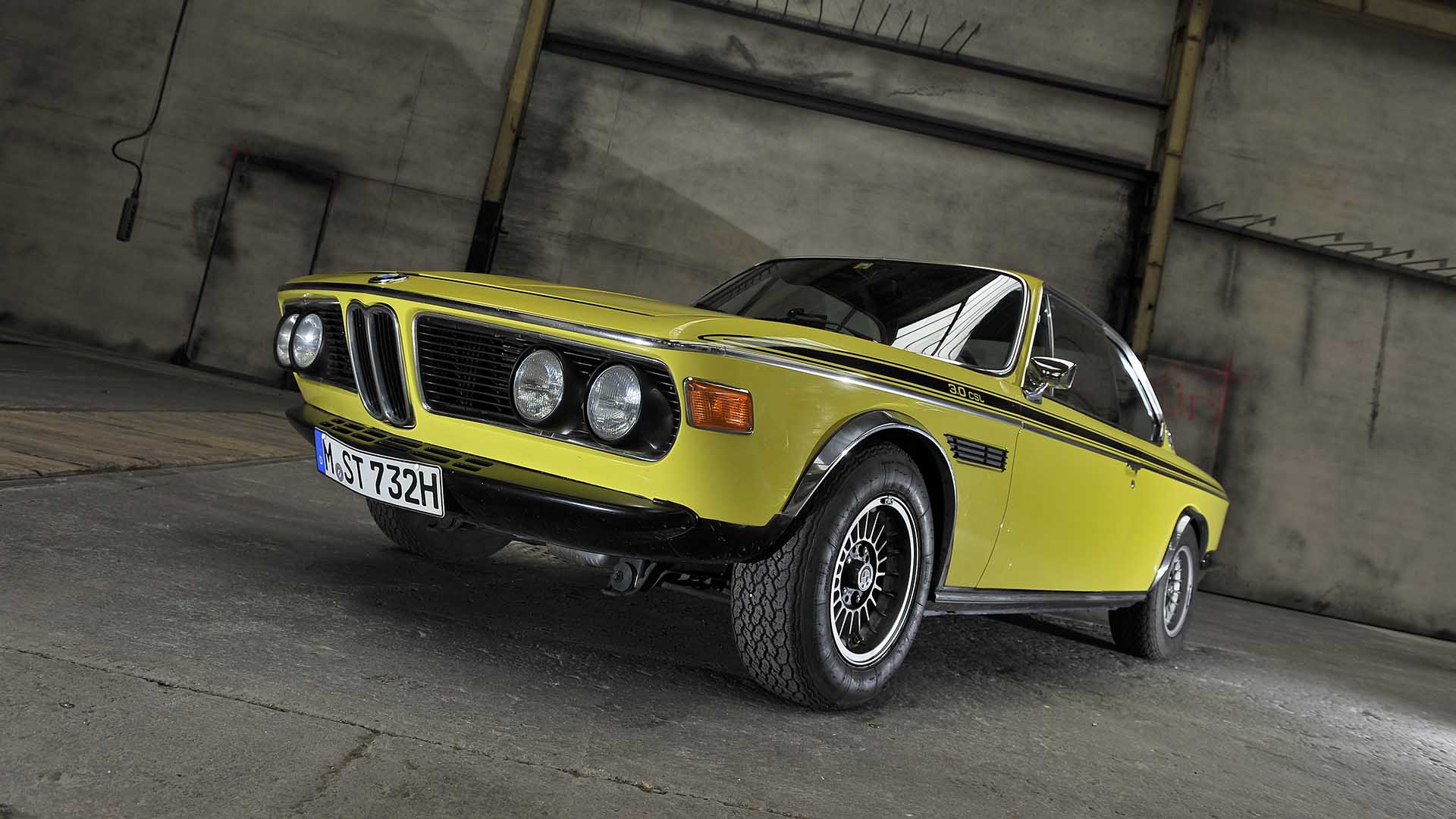
BMW 3.0 CSL
© BMWFrom a car that has sold in the tens of millions to one that shifted just 1,208 units. Built for homologation purposes, the BMW 3.0 CSL dominated the European Touring Car Championship in the 1970s, while the roadgoing version developed a reputation for being one of Bavaria’s greatest ever cars. Power was sourced from a 3.0-litre six-cylinder engine (later a 3.2) mated to a four-speed manual gearbox. Prices reflect its rarity and brilliance, especially if you opt for the bespoilered ‘Batmobile’.
-
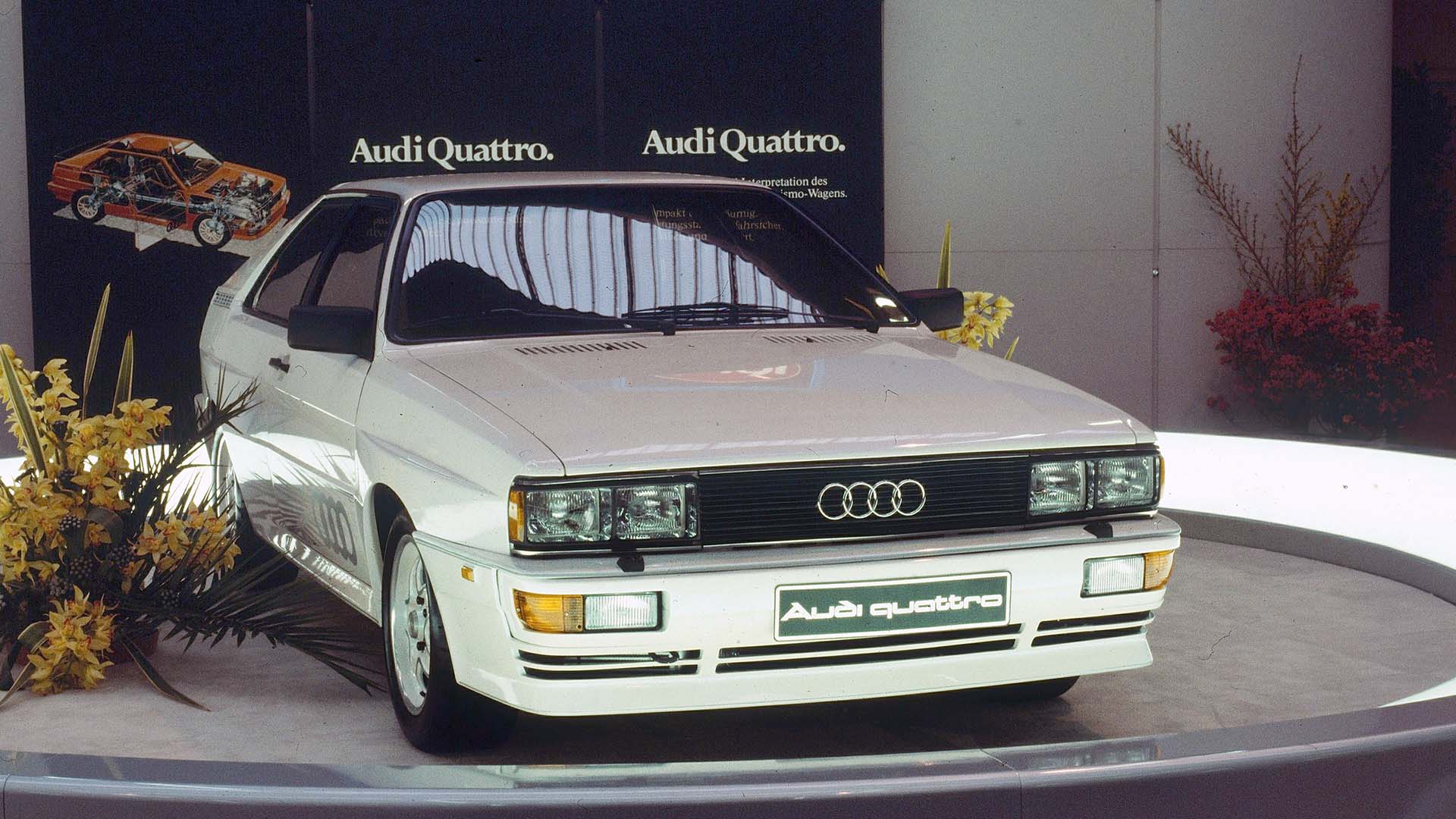
Audi quattro
© AudiThe supporting image doesn’t help with the lowercase versus uppercase ‘q’ debate. Officially, it’s quattro, so given the car’s impact on world rallying and its role in shaping Audi’s future, we’re prepared to ignore the editorial style guide. Launched at the 1980 Geneva Motor Show, the Audi quattro dominated rallying in the early eighties. Audi built a brand on the strength of four-wheel drive; around 50 percent of its cars sold in Germany come with a quattro drivetrain.
-
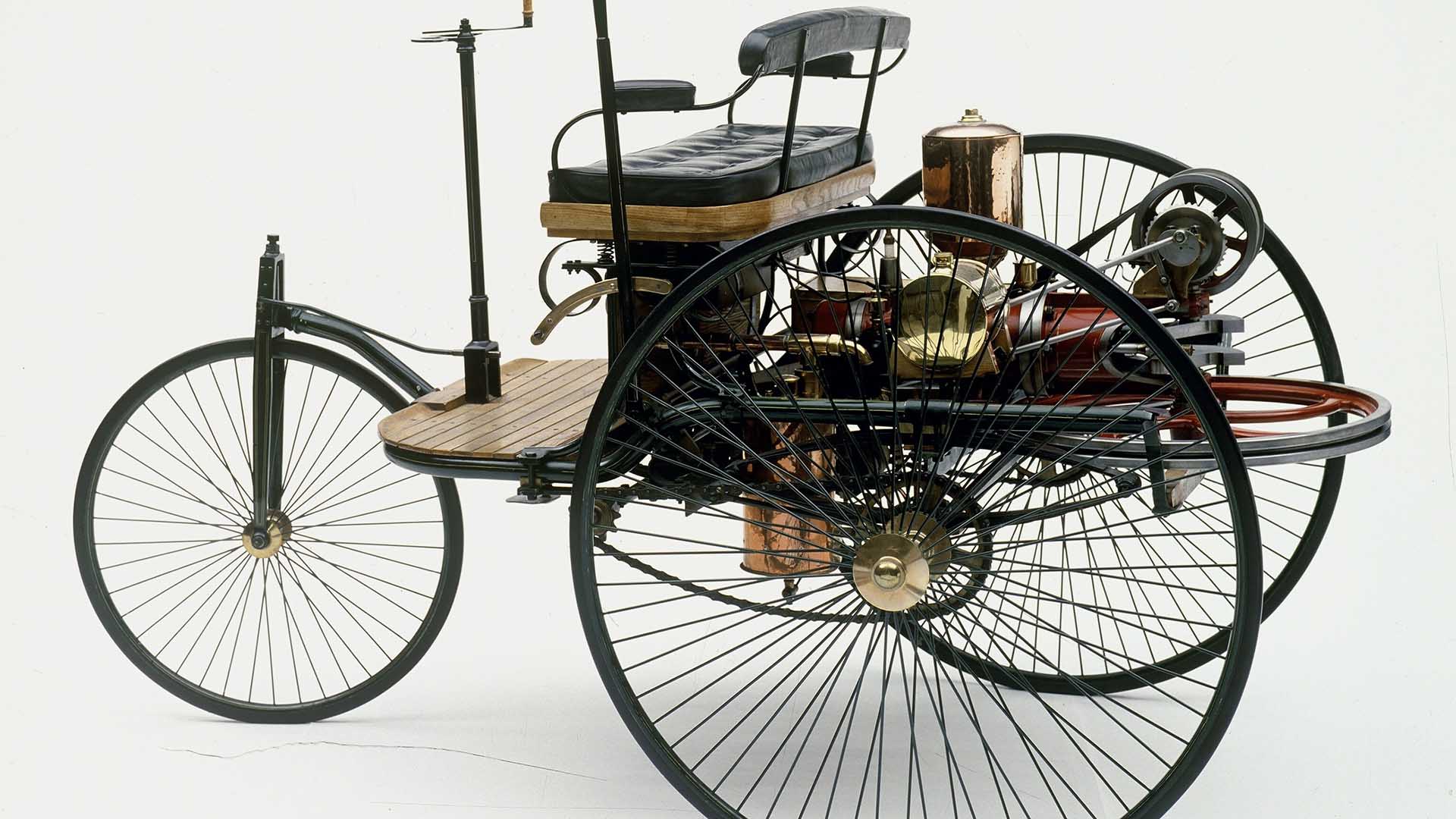
Benz Patent-Motorwagen
© BenzIn January 1886, Karl Benz applied for a patent for his ‘vehicle powered by a gas engine’. Fearing someone could beat him to market, he tested the vehicle under the cover of darkness, in the immediate vicinity of his factory. The Benz Patent-Motorwagen represents the birth of the motor car, with the vehicle making its first public outing in July 1886. Karl’s son Eugen ran alongside the vehicle with a bottle of petrol to keep it fuelled.
-
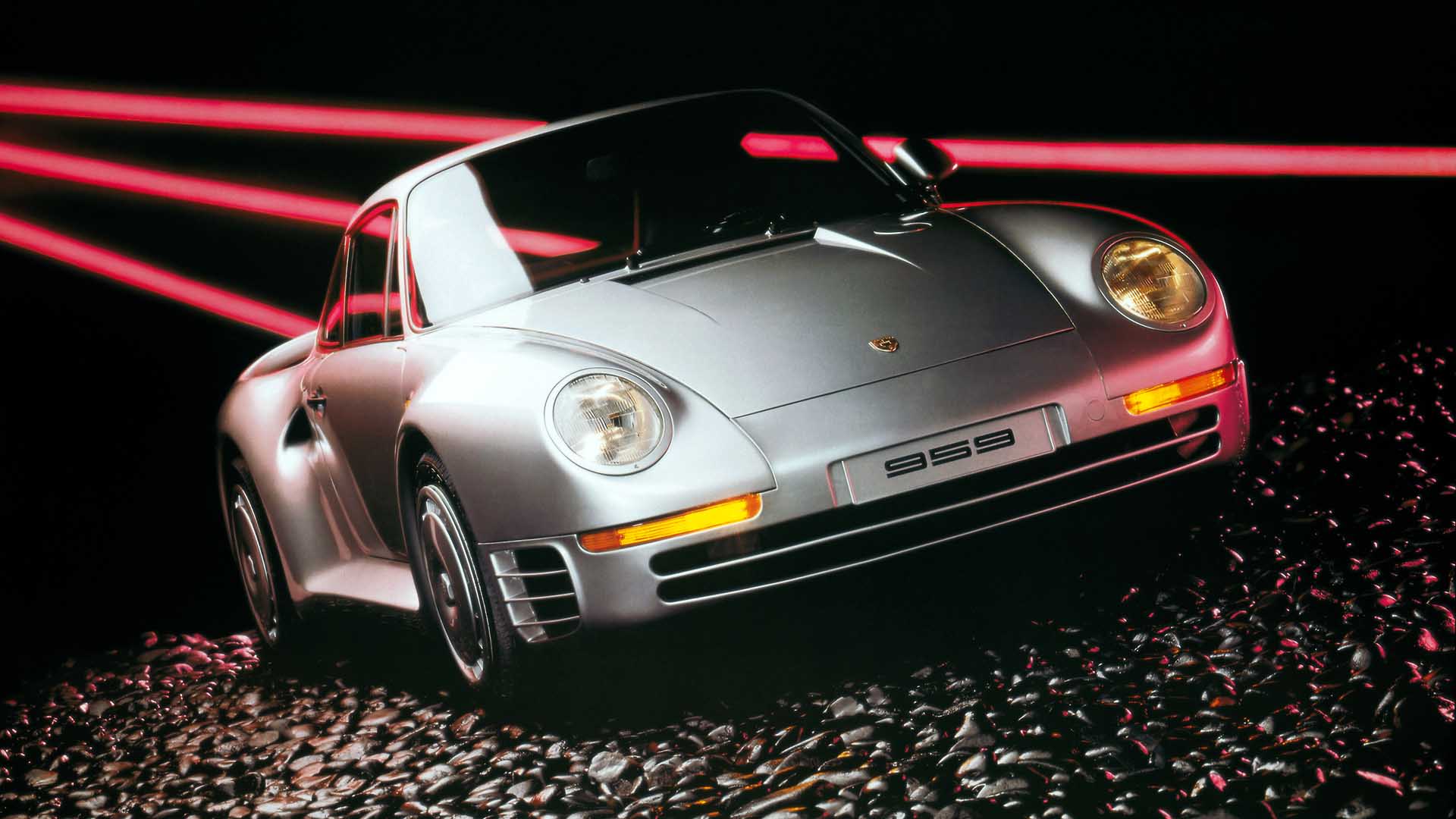
Porsche 959
© PorscheUnveiled in 1987, the Porsche 959 drew its power from a twin-turbocharged 2,849cc flat-six engine producing 444hp at 6,500rpm. The engine was only part of the story, because the 959 also featured an intelligent all-wheel-drive system, variable ride height and active dampers. Its technological wizardry and 197mph top speed meant that the 959 was as much the pinnacle of supercar development as it was the birth of the hypercar.
-
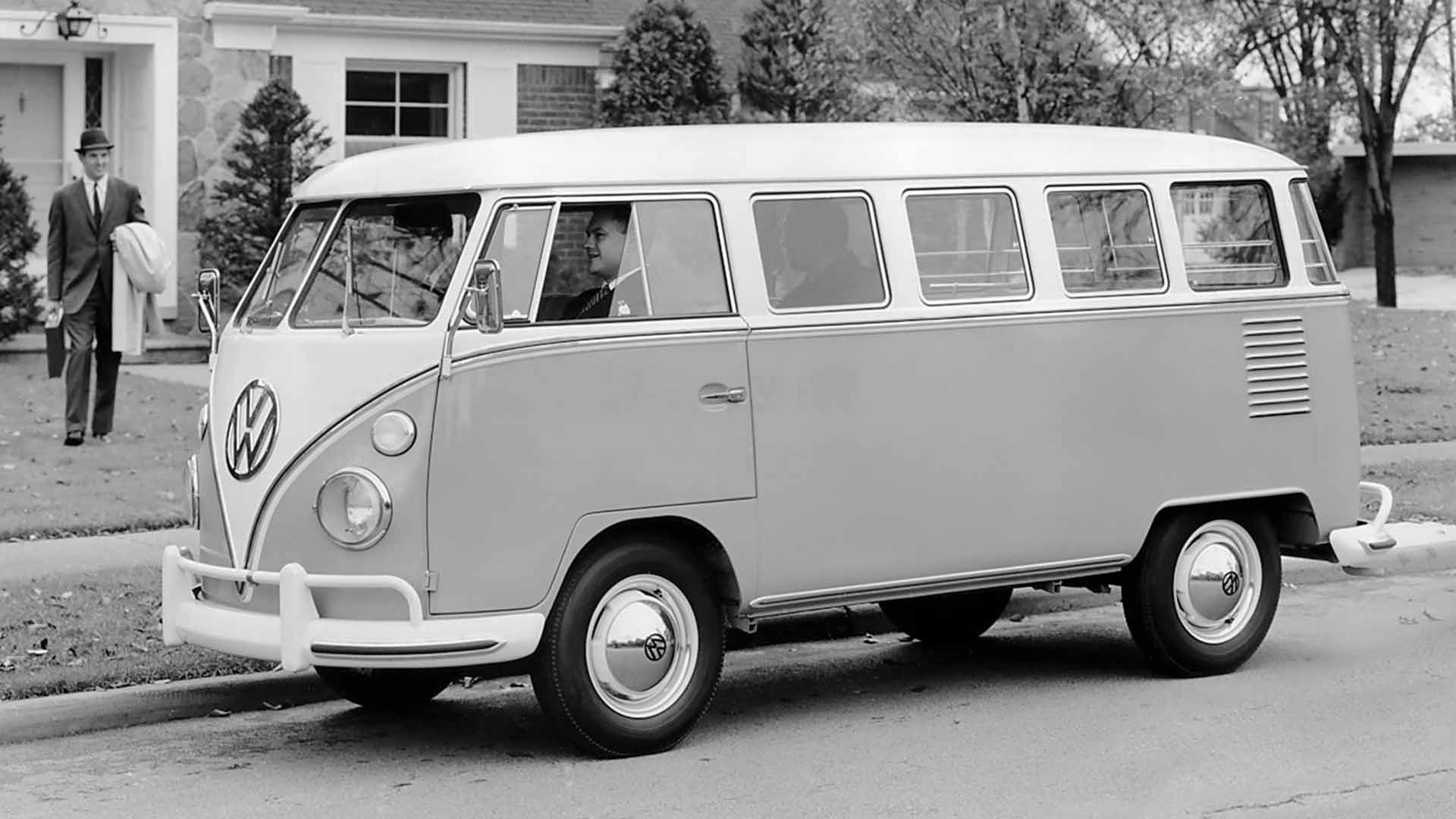
Volkswagen Type 2
© Volkswagen“For many people, the VW Microbus became the symbol of protest with Detroit’s overpowered cars and society in general,” said Roger White of the Smithsonian’s National Museum of American History. “It was a way of thumbing their noses at the establishment.” It’s fair to say that the Type 2 outgrew its original purpose, shifting beyond basic transportation and becoming a social icon.
-
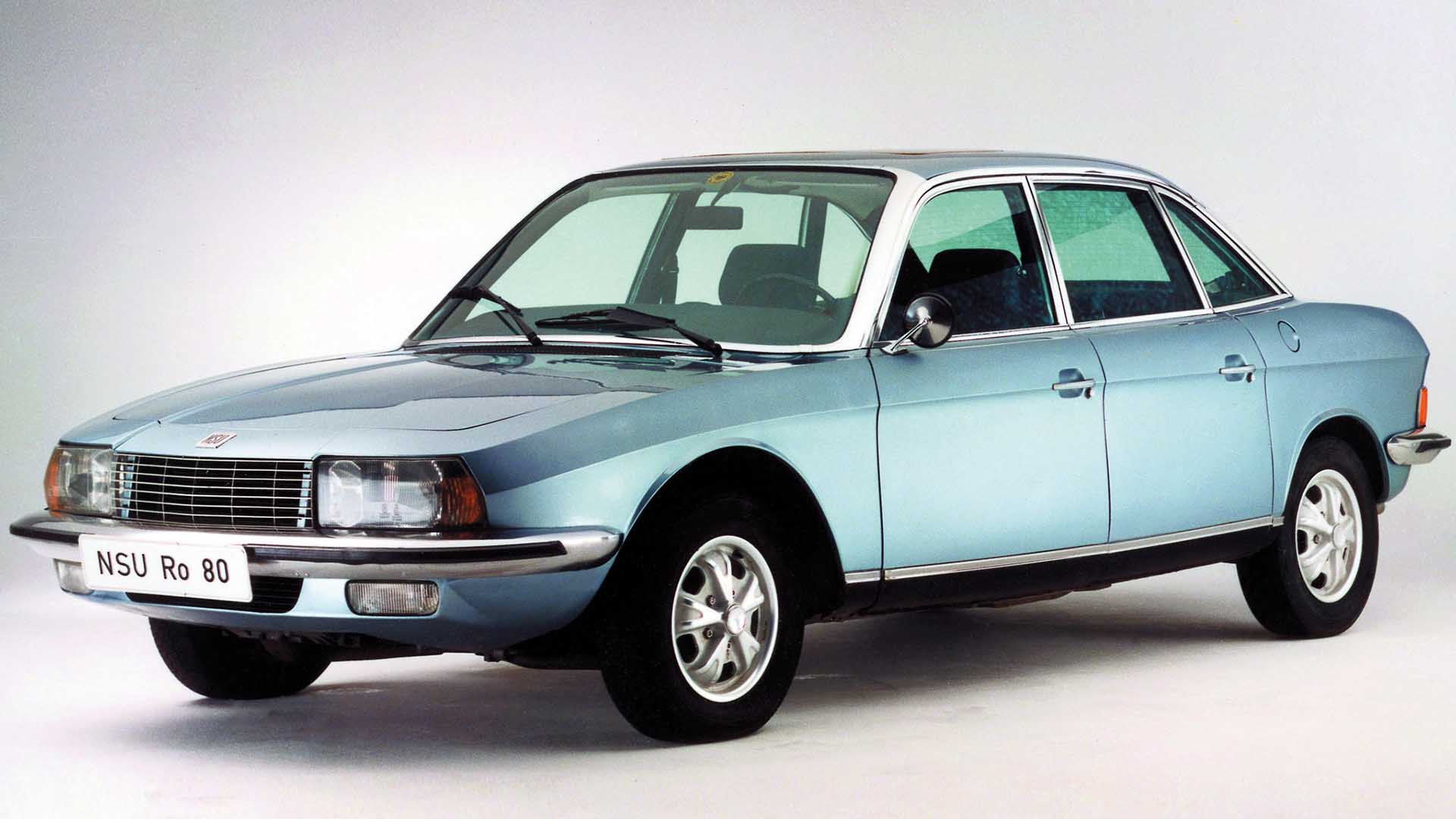
NSU Ro80
© NSUStick an NSU Ro80 alongside its contemporary rivals and it looks like a vehicle from another century; it’s almost otherworldly. It was no surprise when the Ro80 was named European Car of the Year in 1968. The problems with the rotary engine have been well documented, and while they shouldn’t be ignored, a glance at the bigger picture shows an incredibly innovative car.
-
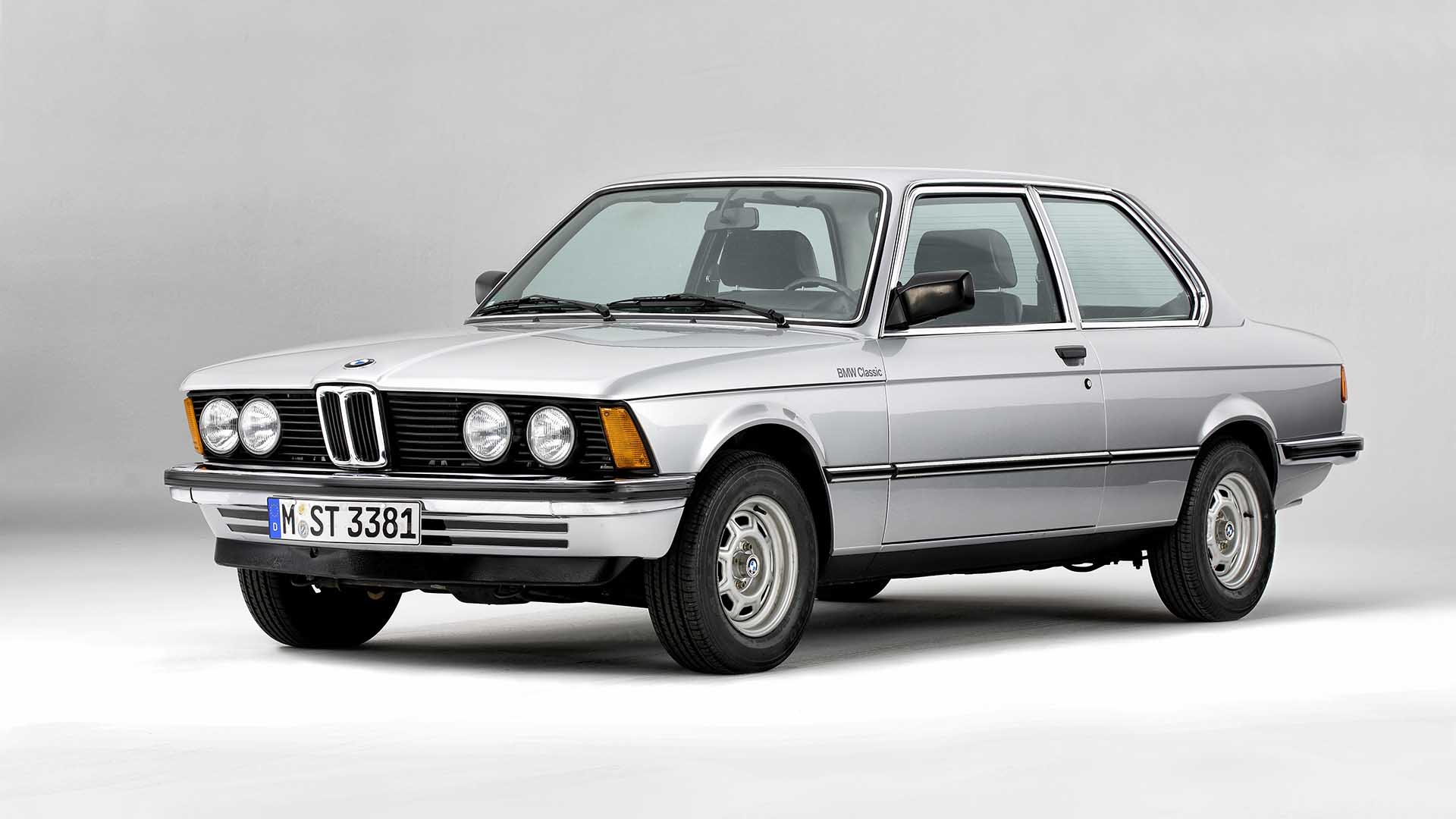
BMW 3 Series
© BMWA barroom chat could reveal a few ways in which the Mercedes-Benz C-Class or Audi A4 are better than the BMW 3 Series, but the 3er will always be the choice of the driving enthusiast. Launched in 1975, the E21 provided the blueprint for how a compact executive saloon should look and feel. It was the smallest BMW ever developed and, at the time, the most comprehensively engineered. It showed.
-
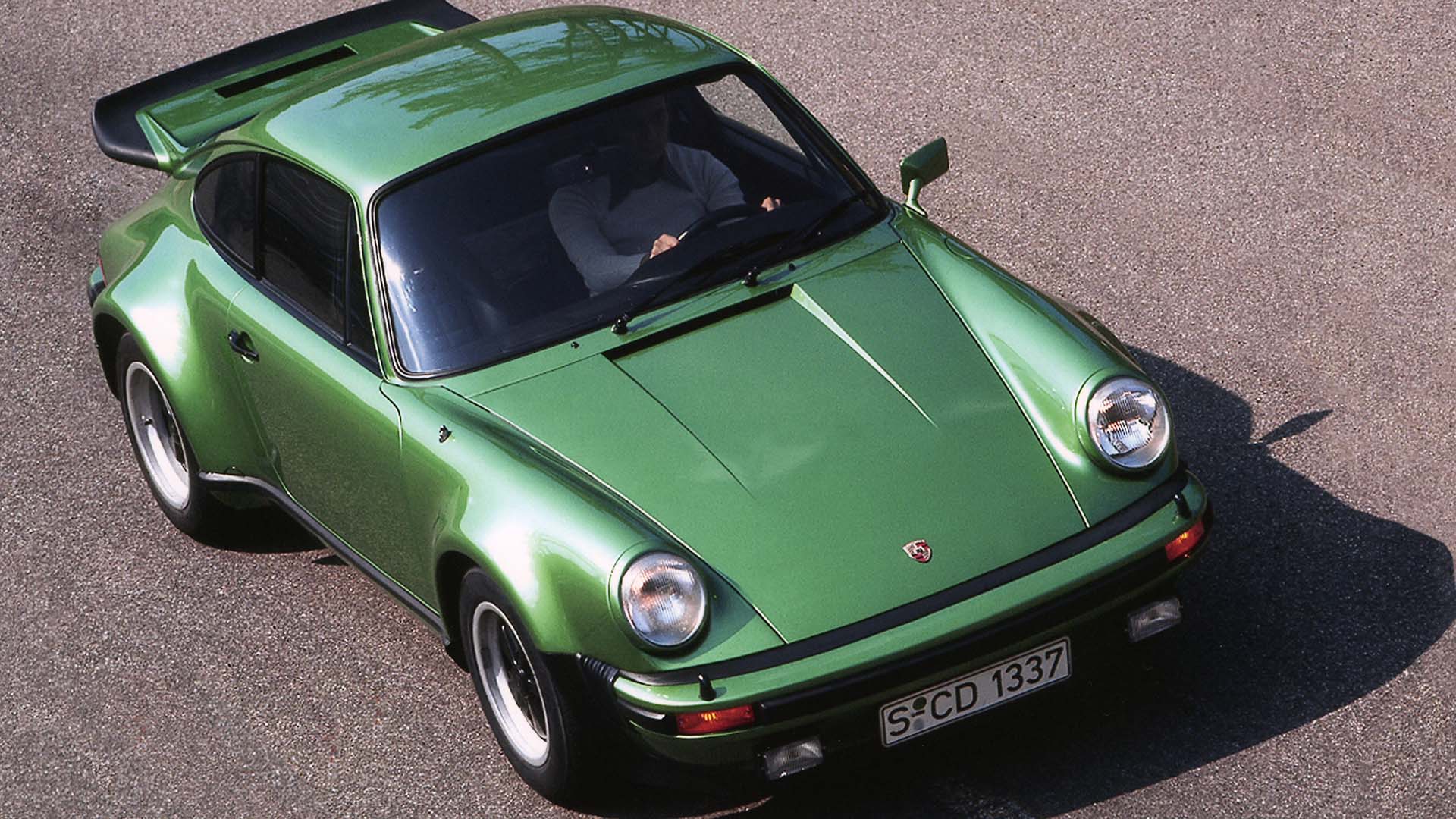
Porsche 911
© PorscheThe problem with ‘best’ and ‘worst’ lists – aside from the fact that they’re incredibly clickbaity – is that it’s hard to know where to draw the line. It’s why we stopped short of calling this feature the ‘best German cars’, because a list of 25 cars could, in theory, be filled entirely with Porsche 911 models. You’ll have your own opinion on the best 911, but the fact that it’s one of best cars to come out of Germany is something we can all agree on.
-
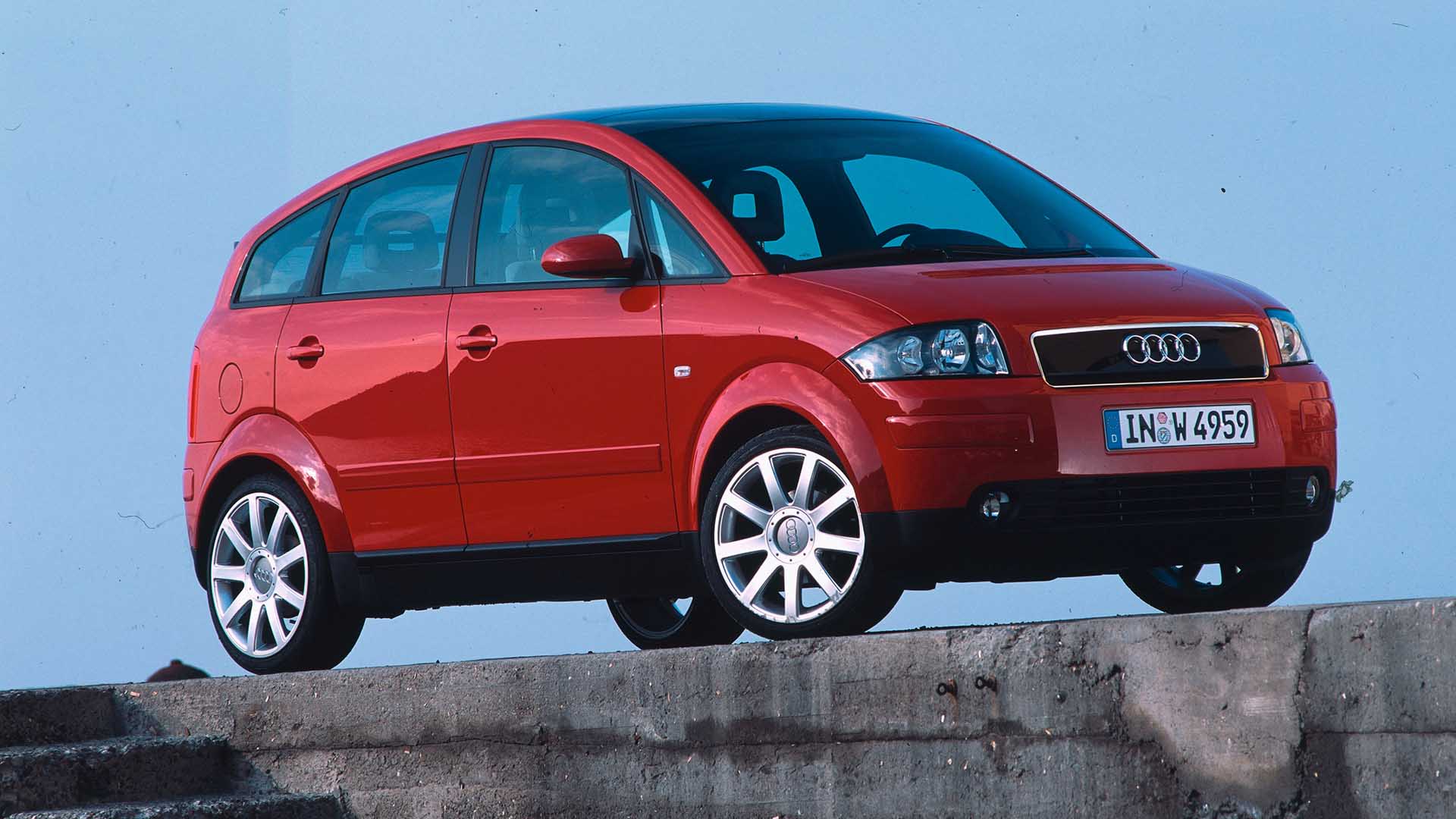
Audi A2
© AudiEfficiency, aerodynamics and simplicity were the watchwords of the Audi A2. Launched in 1999, the A2 boasted an aluminium spaceframe and panels, weighed less than 900kg and had a clever ‘service flap’ for essential maintenance. It should have been a runaway success, but production ended in 2005 after just 176,000 cars had been sold. Prices start from around £1,000, which is cheap for a modern classic.
-
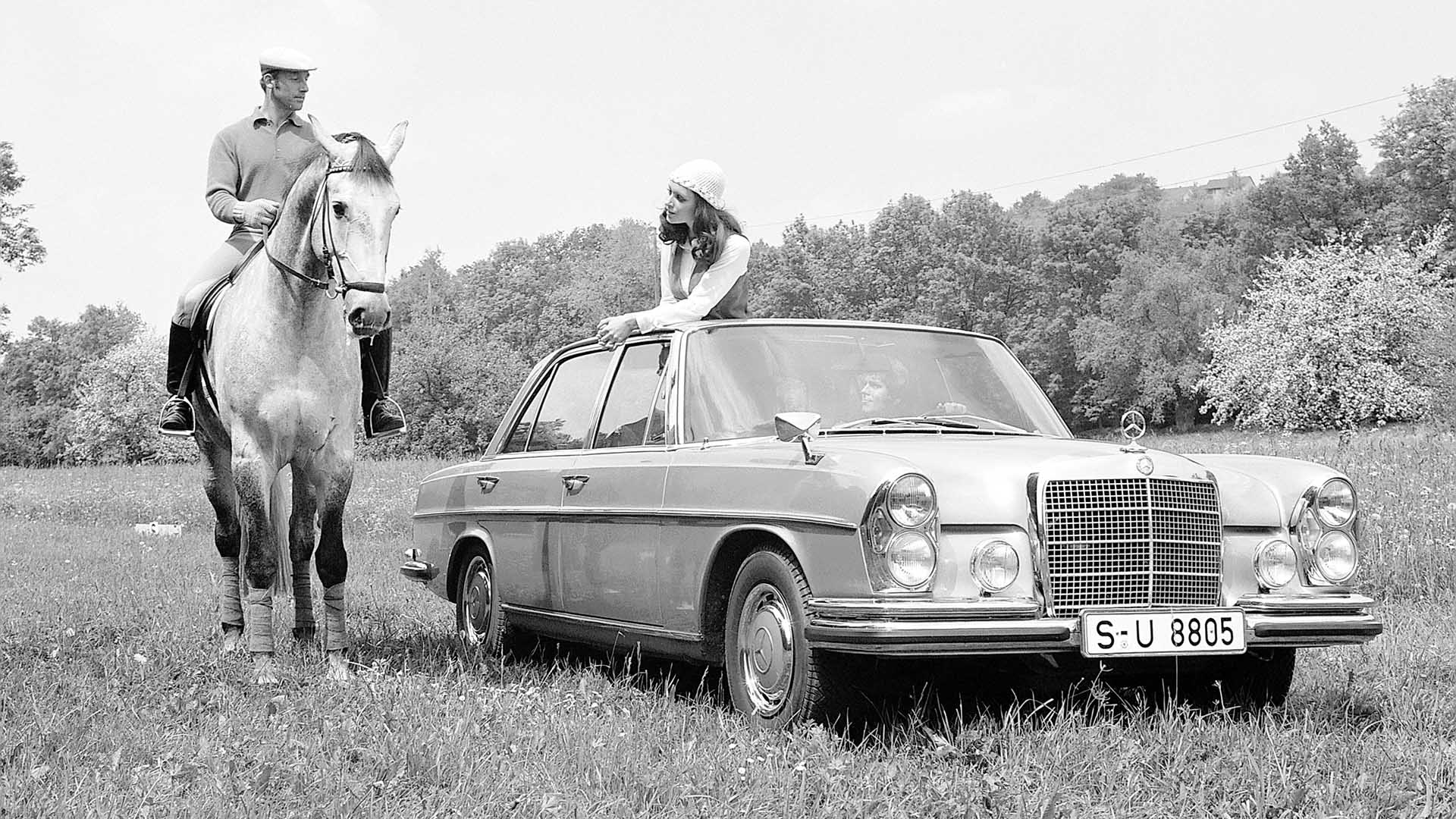
Mercedes-Benz 300 SEL 6.3 and 450 SEL 6.9
© Mercedes-BenzWith a top speed of 220km/h (137mph) and a 0-60mph time of 6.5 seconds, the Mercedes-Benz 300 SEL 6.3 of 1968 was as quick as a contemporary sports car. It delivered its performance with extraordinary comfort and the very latest technology. Eight years later, Mercedes unveiled the 450 SEL 6.9, introduced in the wake of an oil crisis. Fuel economy concerns aside, this was the best car in the world.
-
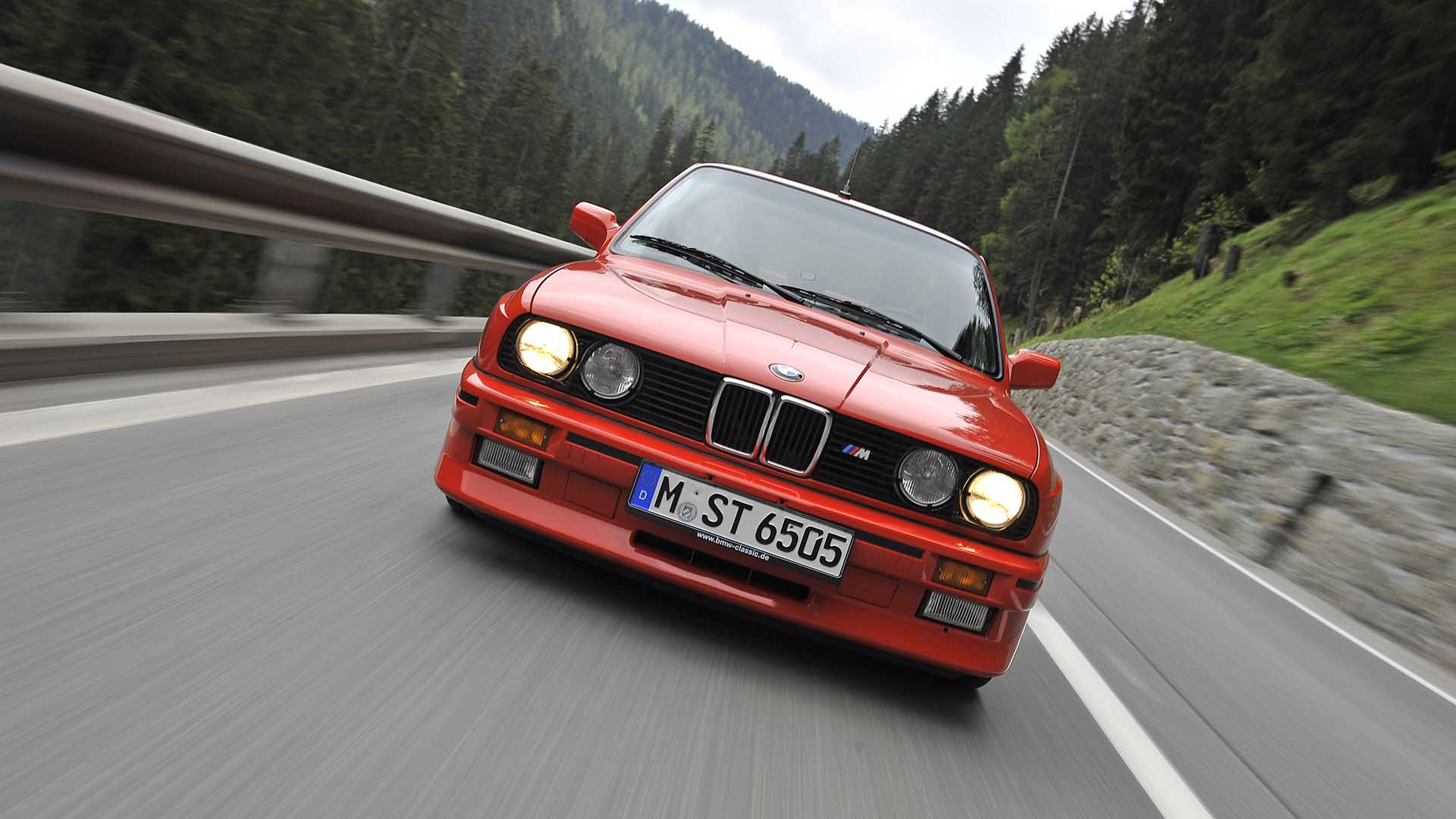
BMW E30 M3
© BMWFirst shown at the 1985 Geneva Motor Show, the E30 M3 was built to allow BMW to go racing. Changes to the regular 3 Series were extensive, with a body almost totally unique to the M3. The first European road cars left the factory with 200hp, and were capable of sprinting to 62mph in less than seven seconds. Prices have gone into orbit, but subsequent versions of the M3 remain affordable (for now).
-
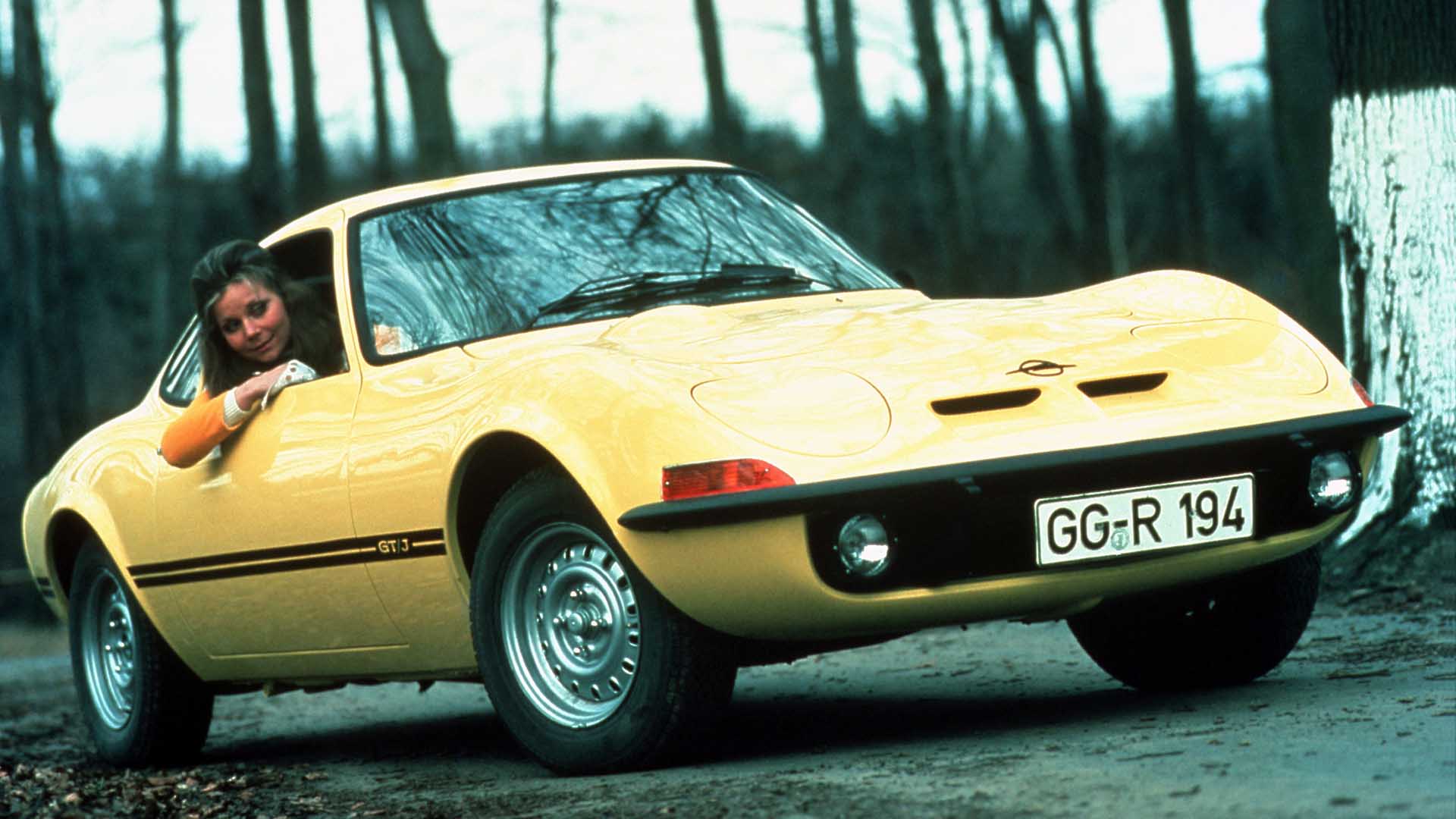
Opel GT
© OpelStyling influenced by the Corvette, engines from the humble Opel Kadett, and a body produced by the French firm Brissonneau and Lotz, the Opel GT was an international affair. ‘Nur Fliegen ist schöner’ (‘Only flying is more exciting’), proclaimed Opel as it promoted a car that was designed to be little more than a styling project. A Vauxhall version wasn’t produced, although a few Opel GTs made their way to the UK.
-
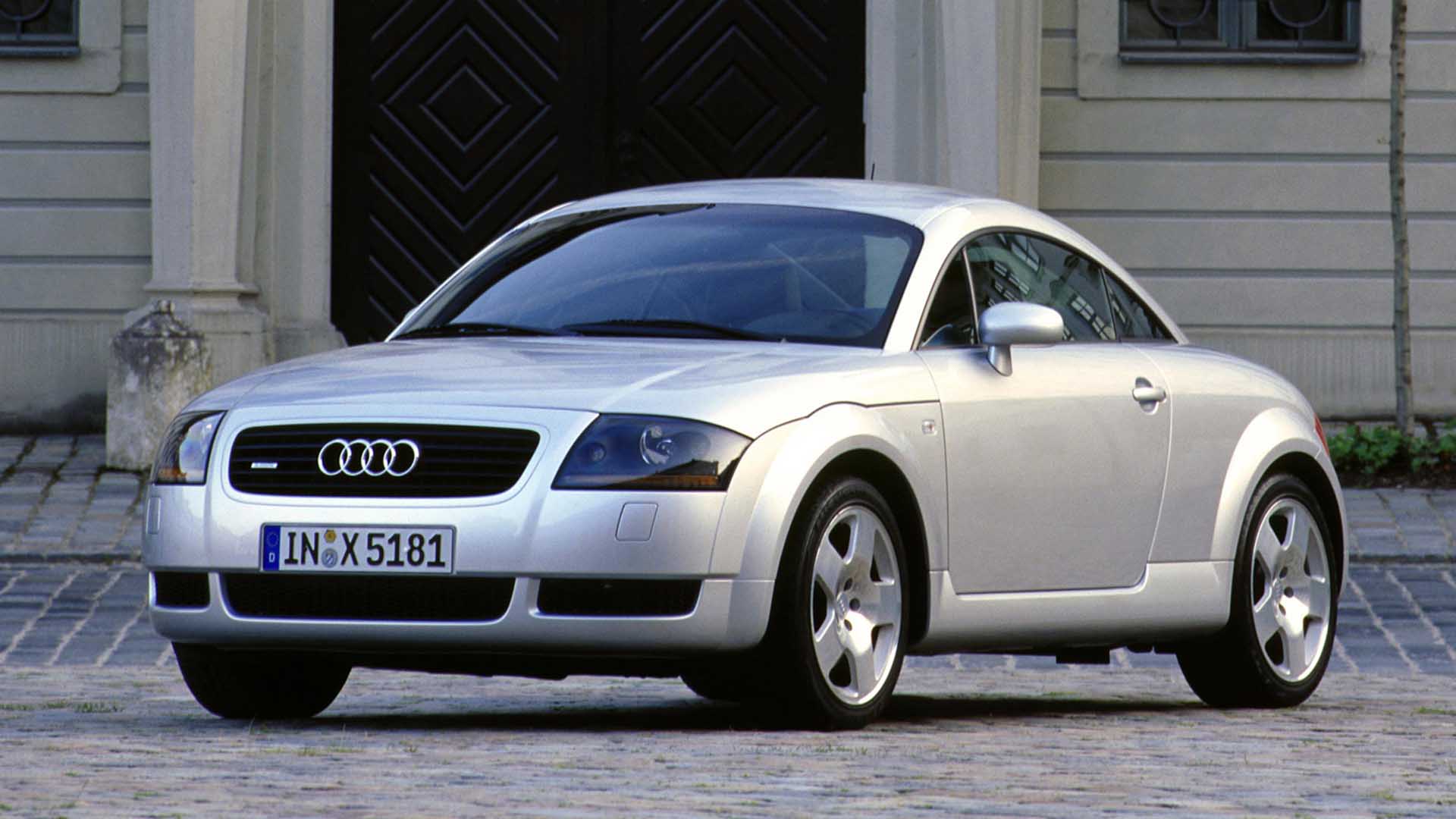
Audi TT
© AudiLooking as good today as it did in 1998, the original Audi TT is the classic ‘concept car made real’. Audi used a shortened Volkswagen Golf platform to brilliant effect, creating a car that was dripping in Bauhaus style. Audi was forced into recalling early cars following a number of high-speed crashes; pre-2000 cars were retrofitted with a rear spoiler, suspension tweaks and electronic stability control. Not that this stopped the TT from becoming a fashion icon of the new millennium.
-
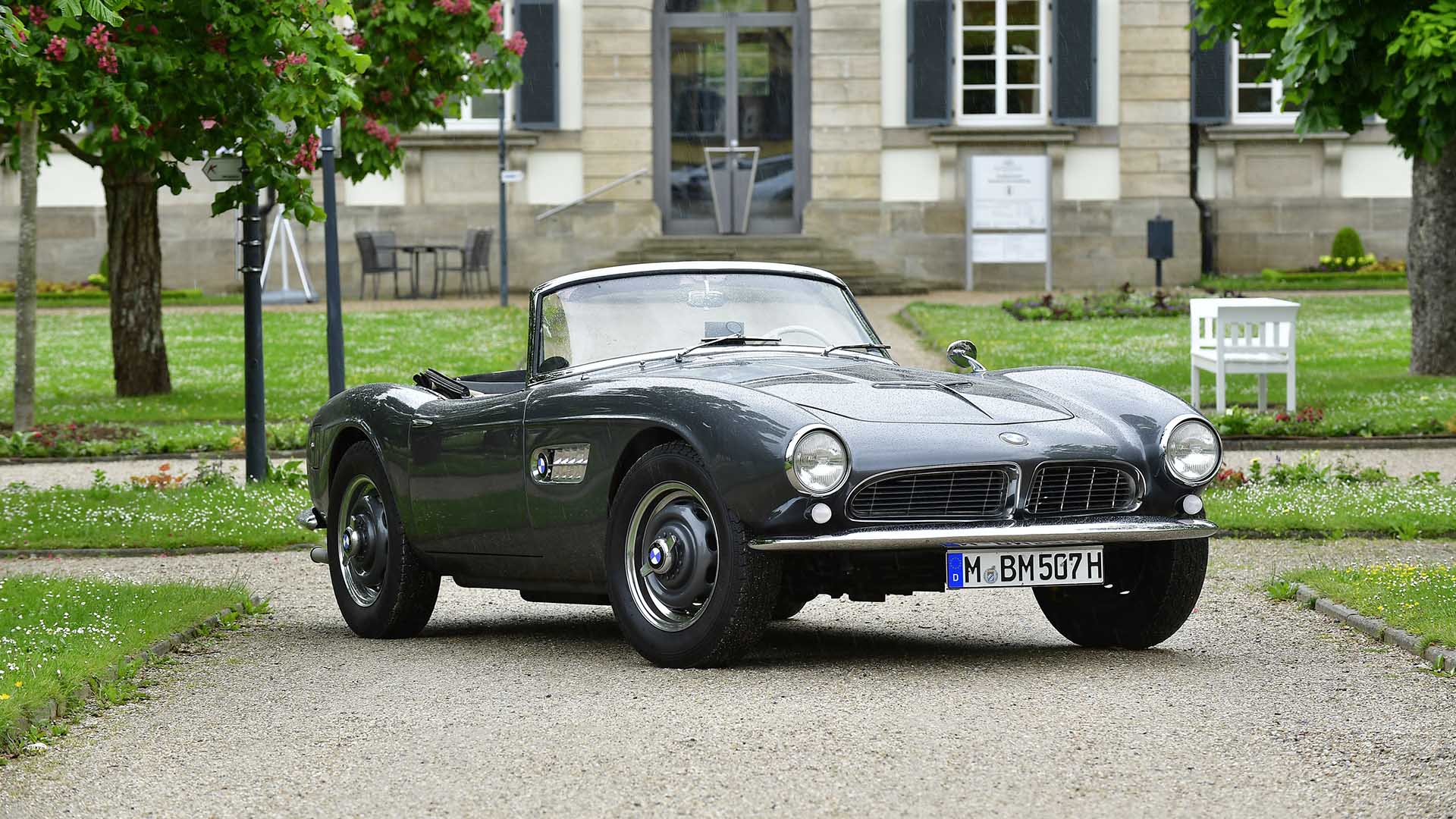
BMW 507
© BMWElvis Presley, Fred Astaire, John Surtees, Ursula Andress and Prince William’s godfather are just some of the famous owners of the BMW 507. American importer Max Hoffman encouraged BMW to build and sell a roadster to rival the Mercedes-Benz 300 SL Coupe. To be successful, it would need a price tag of $5,000, but when Mercedes demanded a price closer to $9,000, Hoffman pulled out of the deal. This beautiful car nearly bankrupted BMW.
-
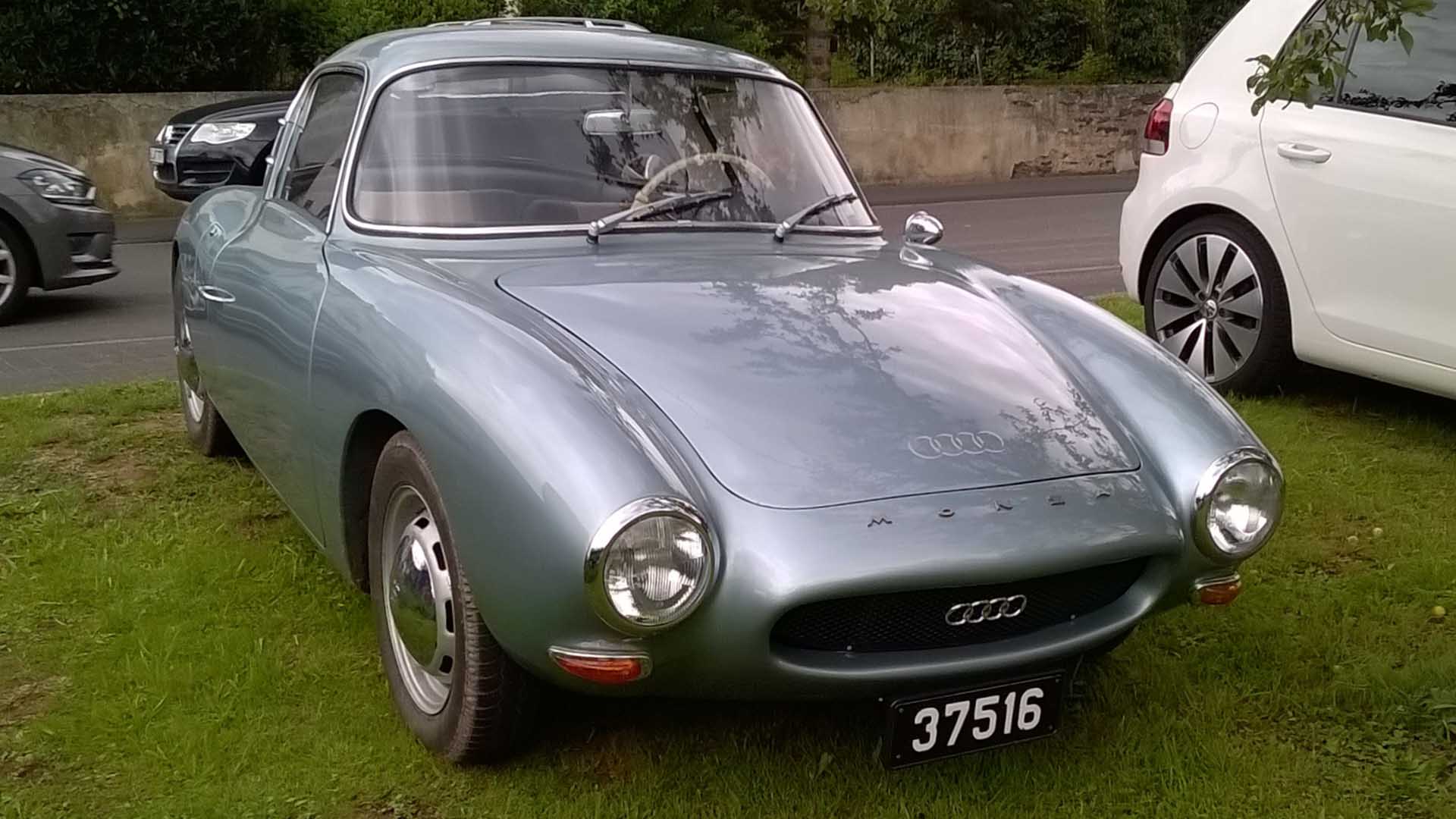
DKW Monza
© Hamkraus WikipediaShould the DKW Monza feature in a slideshow focused on magnificent German cars? Does it warrant a place when cars like the Audi RS2, Audi R8, BMW i8 and AMG powerhouses have been omitted? Yes and no, because while it wasn’t a brilliant sports car, it was one of the first to come out of Germany, so it’s a kind of godfather to the Audi TT. It also set five world records in 1956. Power was sourced from a 1.0-litre three-cylinder engine producing just 44hp, but the Monza weighed just 810kg.
-
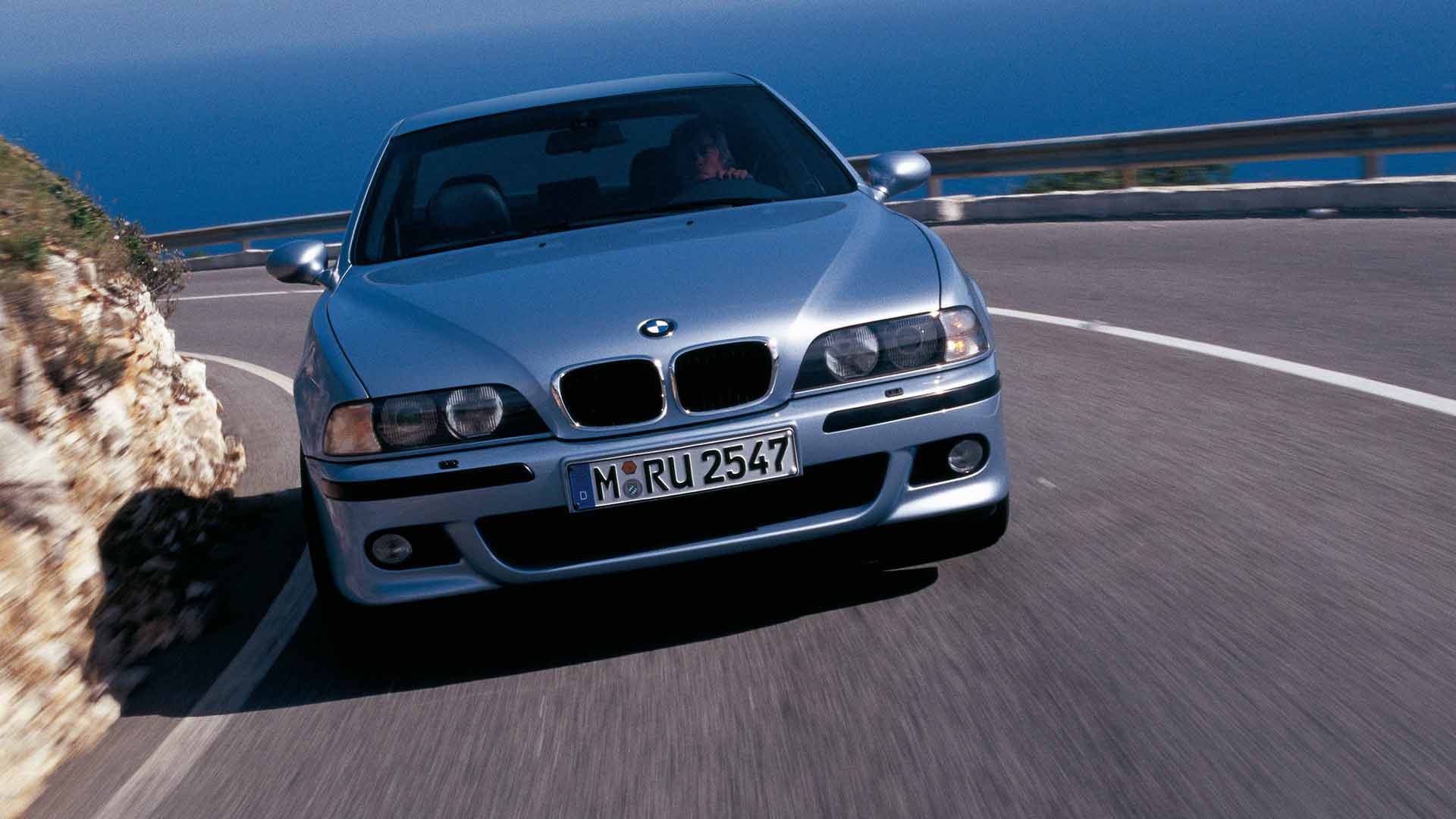
BMW M5
© BMWSelecting your favourite BMW M5 is arguably tougher than choosing the best M3. To some, it’s the E28, with its 3,453cc BMW Motorsport engine and understated styling. Others might choose the E34, with its 3,535cc engine, enlarged to 3,795cc in 1992. Right now, we’d pick the E39, with its 4,941cc V8. Ask us tomorrow and we might opt for the V10-powered E60.
-
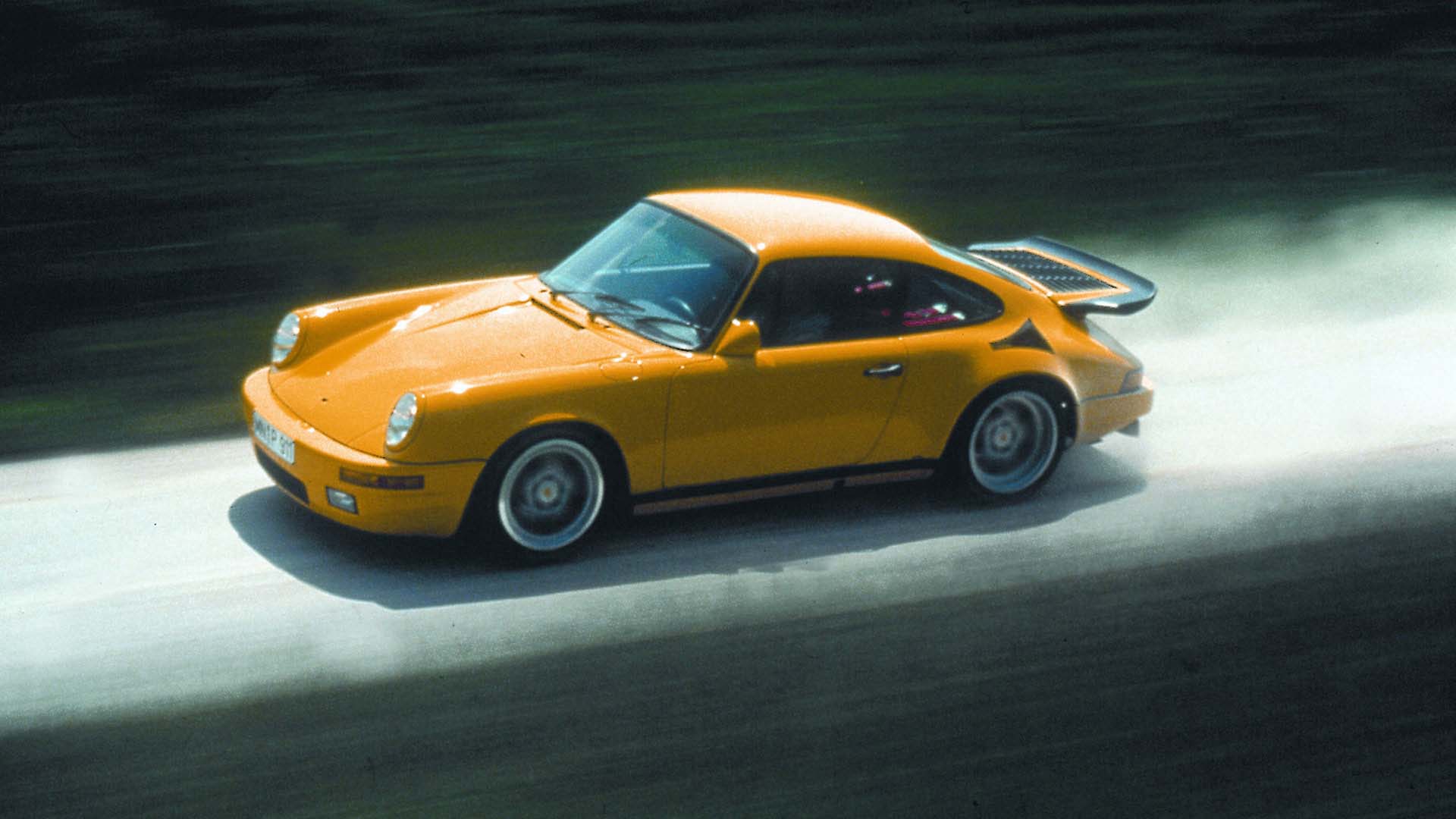
Ruf CTR ‘Yellowbird’
© RufHow do you improve on perfection? The Ruf CTR (Group C Turbo Ruf) took part in a Road & Track top-speed shootout at Volkswagen’s Ehra-Lessien test track in 1987. Thanks to its 469hp 3.4-litre twin-turbocharged flat-six and some aerodynamic wizardry, the CTR hit a top speed of 211mph and recorded a 0-100mph time of 7.3 seconds. The reason for the ‘Yellowbird’ nickname is obvious.
-
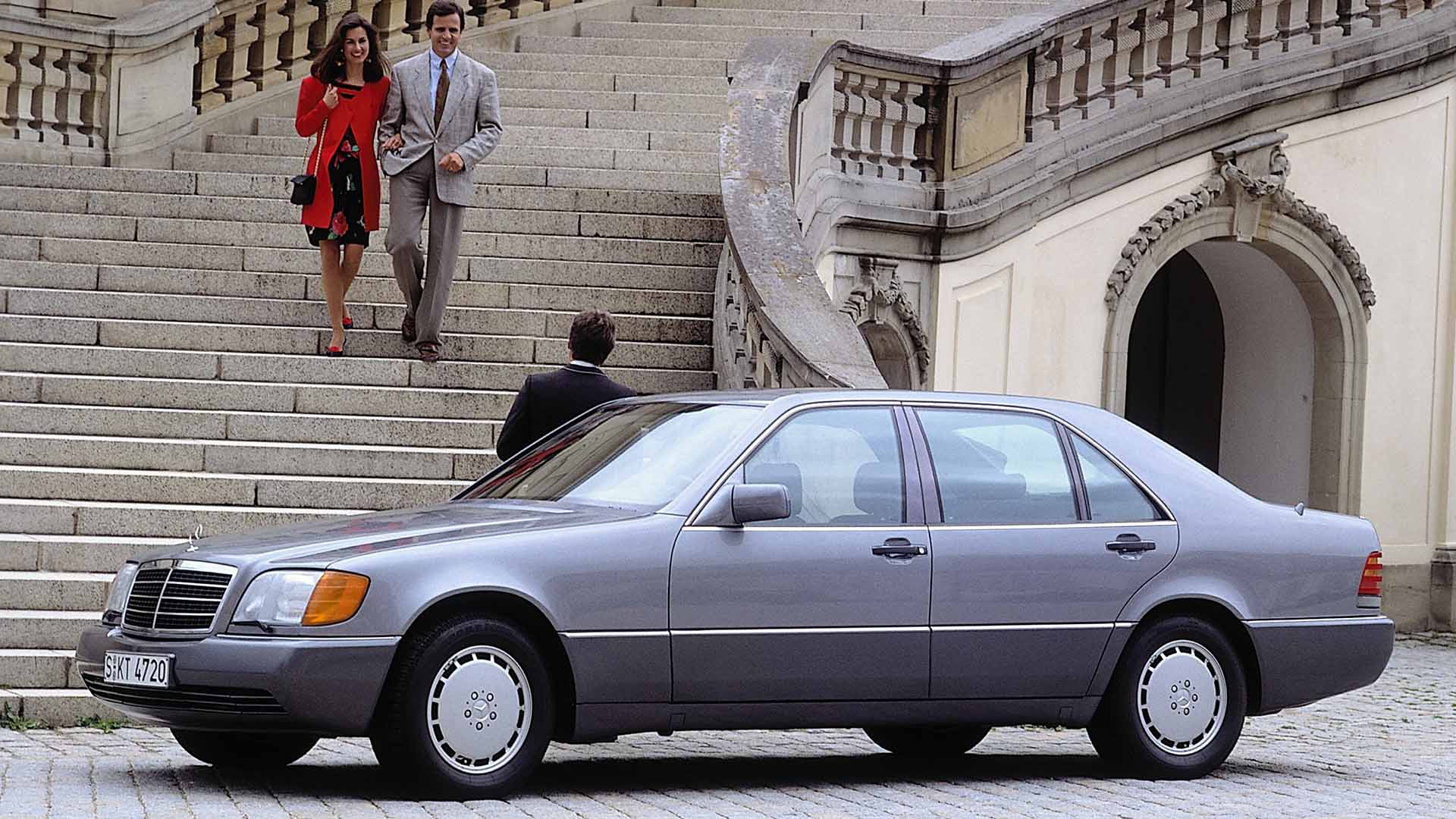
Mercedes-Benz S-Class
© Mercedes-BenzWe’ve featured the 300 SEL 6.3 and 450 SEL 6.9, but the regular Mercedes-Benz S-Class deserves a sizeable berth of its own. The S-Class nomenclature was introduced with the W116 model in 1972, but the story begins with the W180 ‘Ponton’ models and continues through to the W108 and W109 cars. Every new S-Class can claim to be the best car in the world.
-
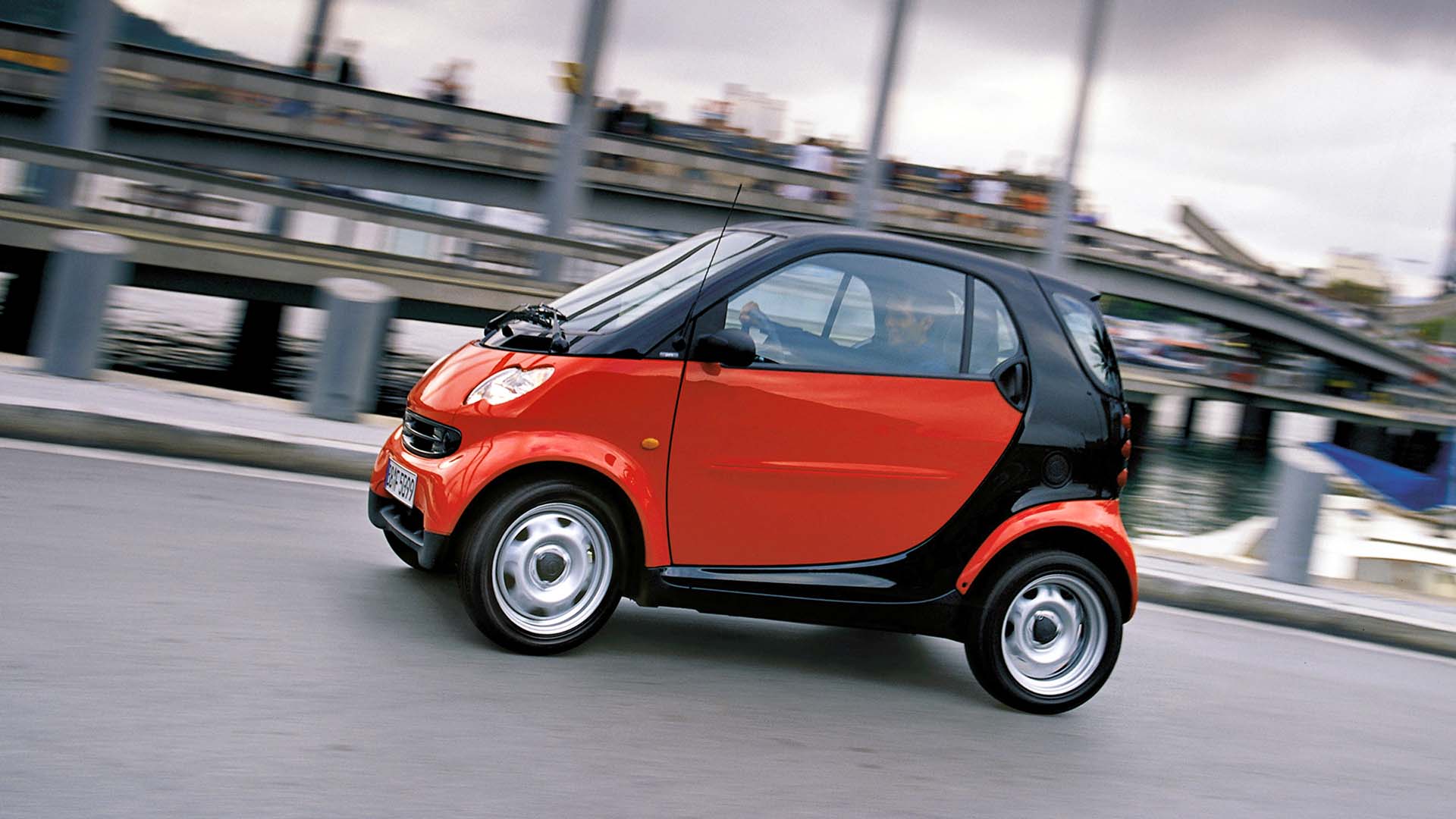
Smart City Coupe
© SmartThe mathematician and physician Nicolas G. Hayek was convinced that he could take his experience with the Swatch wristwatch and apply it to the large-scale production of cars. He wanted a fleet of inexpensive small cars as colourful as his watches. The result was something a little different, but the Smart (Swatch Mercedes Art) car did bear his company’s name. The first car was presented at the 1996 Paris Motor Show.
-
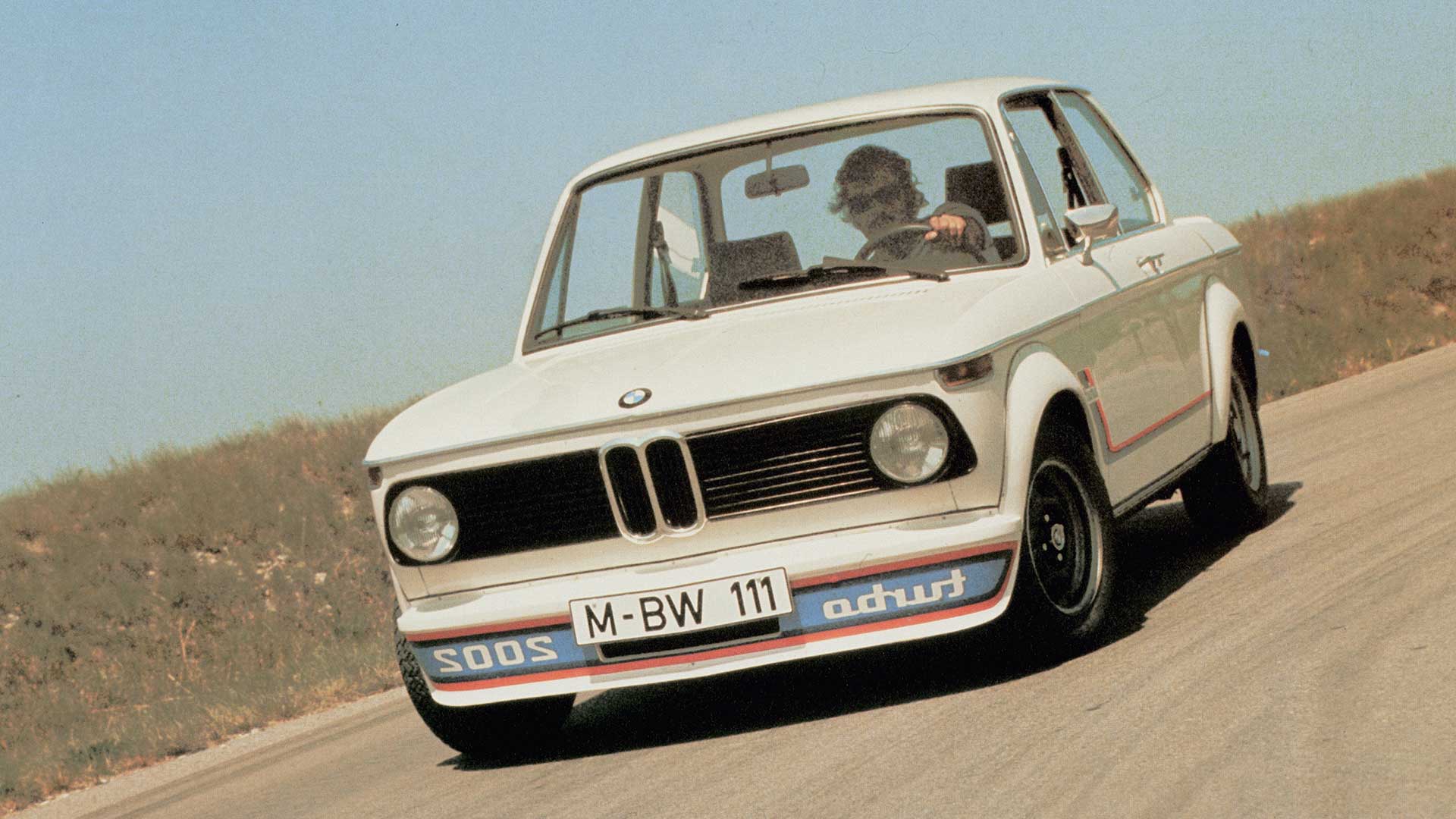
BMW 2002 Turbo
© BMWLaunched at the 1973 Frankfurt Motor Show, the 2002 Turbo was BMW’s first turbocharged road car. Considered to be one of BMW’s best performance cars, the 2002 Turbo didn’t get off to the greatest of starts. The mirrored ‘turbo 2002’ script on the front angered the German government, forcing BMW to remove it from the production version. Many owners fitted the decals as an aftersales option.
-
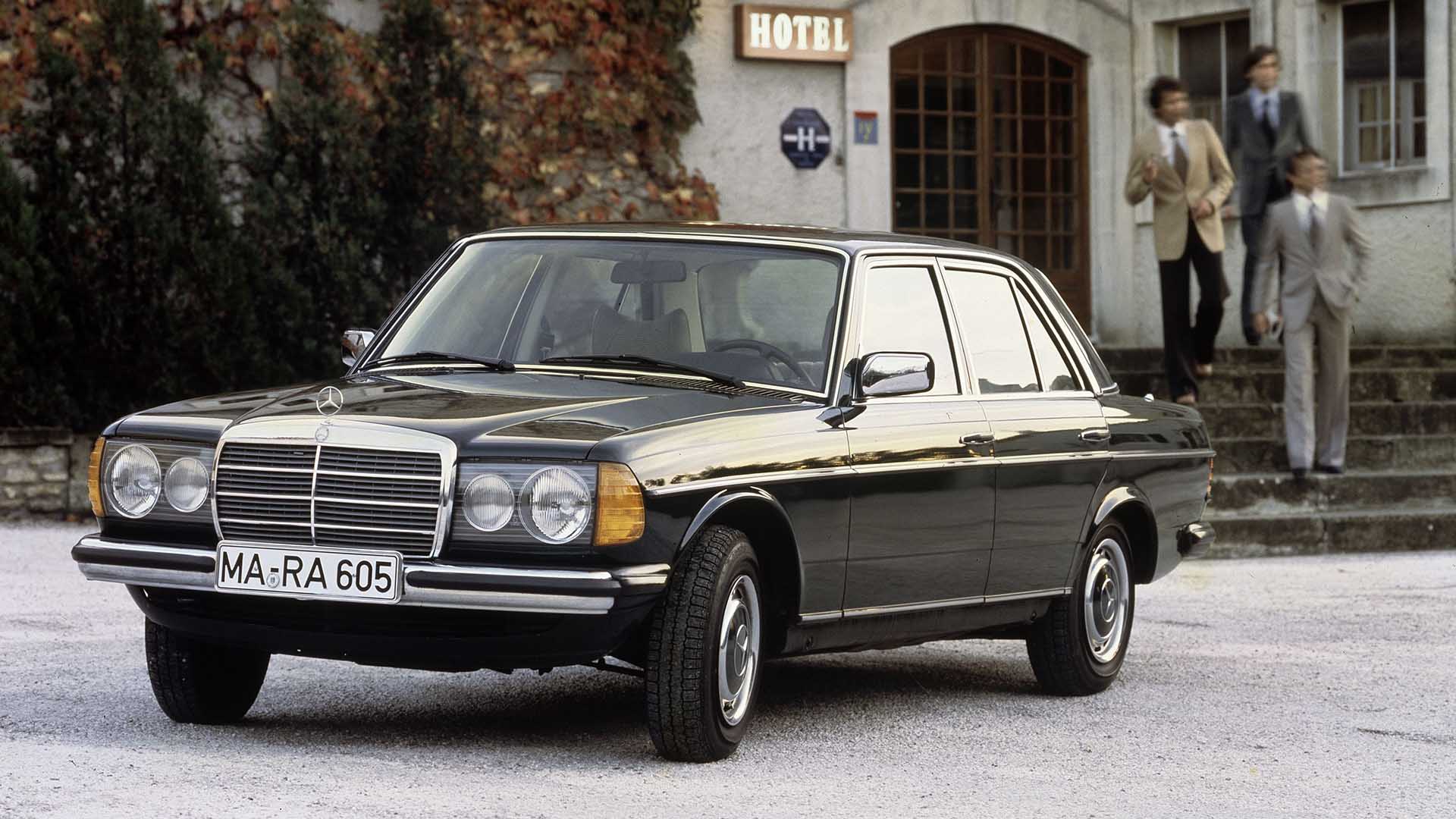
Mercedes-Benz W123
© Mercedes-BenzA forerunner to the modern E-Class, the Mercedes-Benz W123 was arguably the best affordable family car in the world. It looked and felt like a smaller S-Class, with buyers offered a range of engines, options and body styles, including the first Mercedes estate car. Many W123s remain in active service, with the diesel versions proving to be incredibly robust. If only selecting just 25 magnificent German cars was as easy as one-two-three.
-
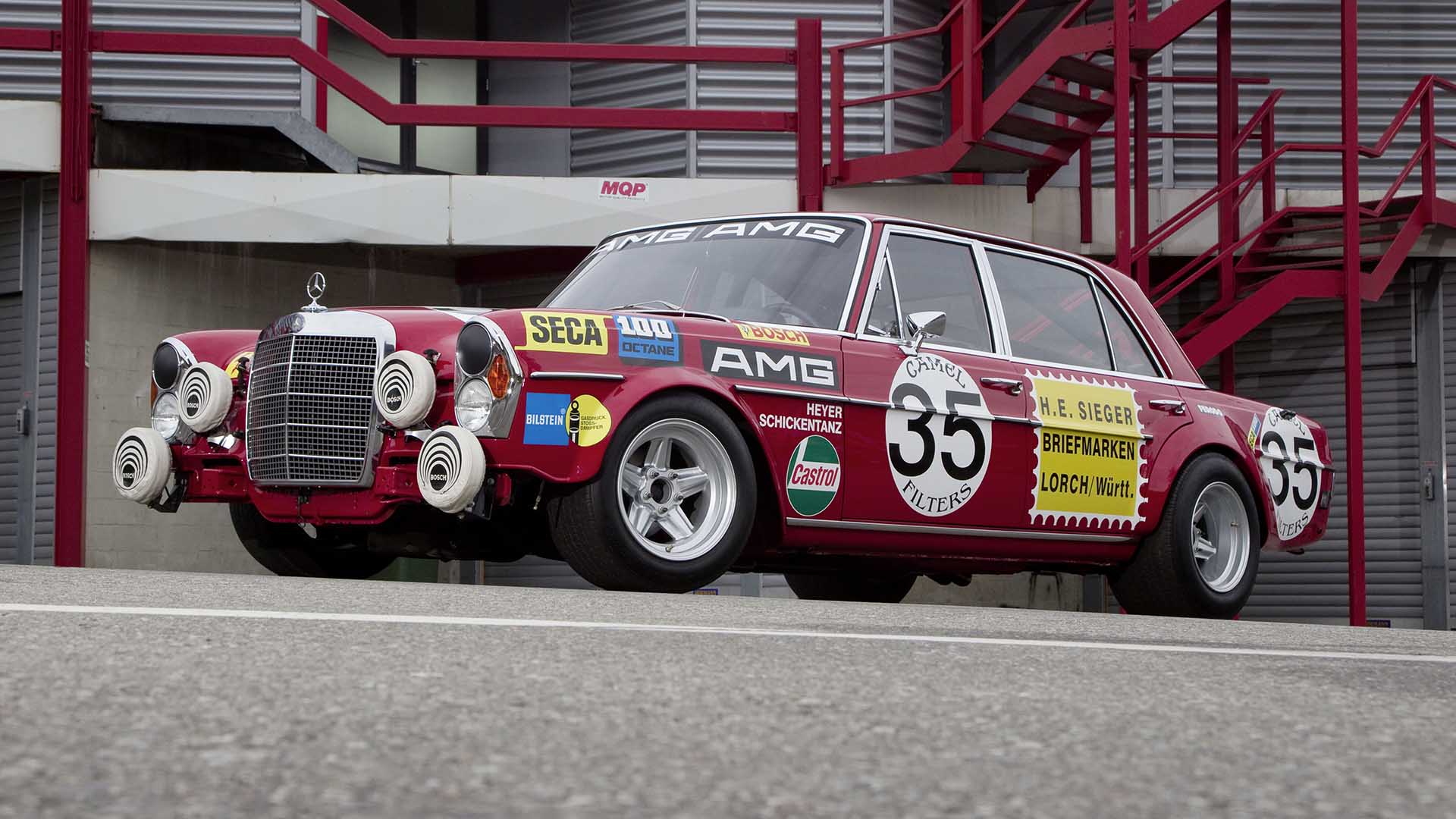
Mercedes-Benz 300 SEL 6.8 AMG
© Mercedes-BenzWe couldn’t do it. Ending this slideshow without a tip of the hat to AMG felt wrong, especially given the inclusion of two BMW M cars. The ‘Red Pig’ is our bonus entry: a prelude to a forthcoming piece on our favourite German performance cars. Expect plenty of tyre smoke. Oh, and in case you hadn’t guessed, the preceding 25 cars are some of the author’s favourites.